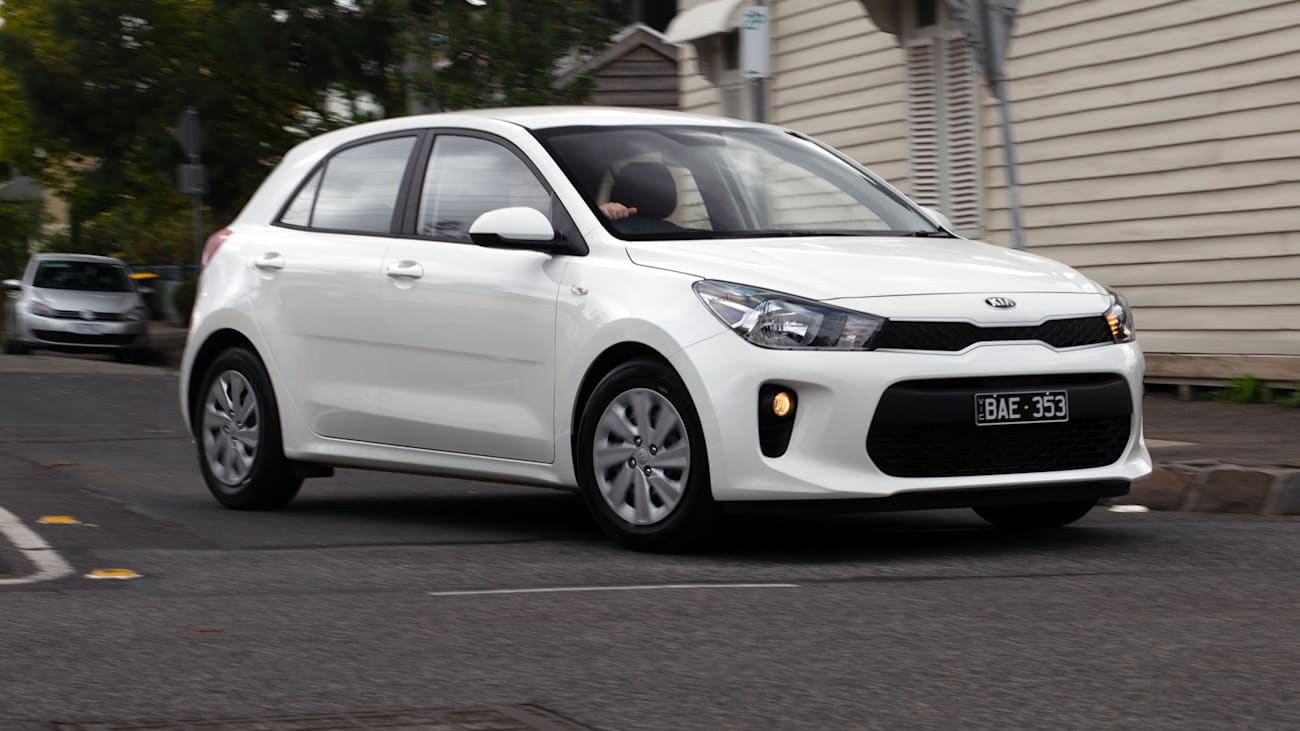
2020 Kia Rio S manual review
The 2020 Kia Rio light hatch keeps things simple, but places itself under pressure from within Kia’s own ranks.
by Kez CaseyRating: 7.1
$17,490 Mrlp
- Fuel Economy
5.6L - Engine Power
74kW - CO2 Emissions
129g - ANCAP Rating
5Stars
Looking for a deal on this car?
Pros and Cons
Pros
- Easy to understand controls and infotainment
- Roomy interior and boot
- Urban-friendly clutch and gearshift
Cons
- Ho-hum engine performance
- Needs AEB at least
- Equipment looks slim next to the Picanto
- shares
Once the domain of cheap and cheerful runabouts, the light-car segment in Australia, where the 2020 Kia Rio sits, is facing a double strike of cost pressures. Buyers expect more technology and equipment, pushing prices up, and right now exchange rates are unfavourable, further amplifying the effect.
We’ve already seen the Mazda 2 move out of the low end of the segment, deleting its previous base model to cover the effects of a price rise and pushing itself upmarket. A new Toyota Yaris is on the way, and is expected to do something similar.
Kia, for the time being, is holding firm on the Rio. It's sticking to the low price, no-frills format that helped the brand get a foothold in the Australian market.
The cheapest Rio S starts from $17,490 plus on-road costs, or more realistically, and in typical Kia style, has a drive-away price of $17,990 with a six-speed manual, or just $1000 more for the fleet-special four-speed automatic.
Kia provided the manual on this occasion. Despite the popularity of automatics, manuals still represent a decent slice of this often price-sensitive market.
The showroom conundrum facing buyers in the sub-$20K spectrum is Kia’s breadth of options. For $300 less, you could drive away in the sports-stylised and better equipped, though slightly more compact, Picanto GT-Line. Tough call.
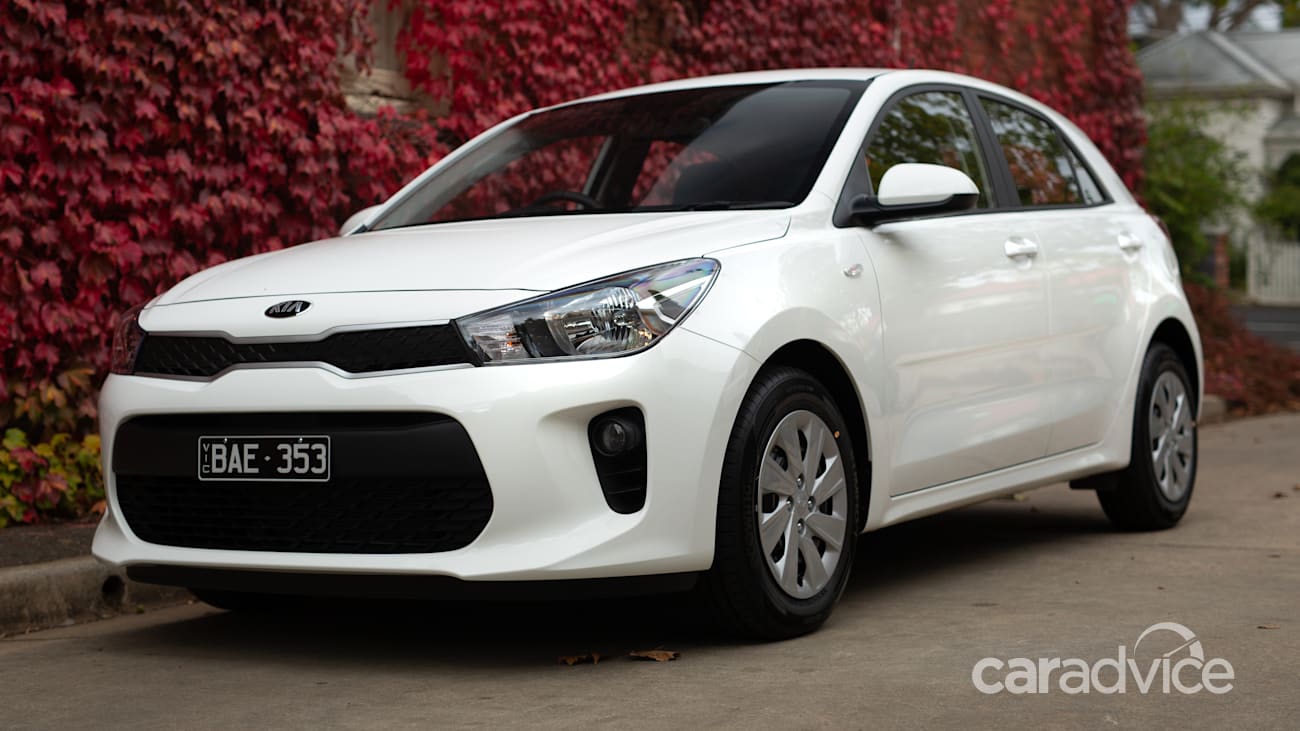
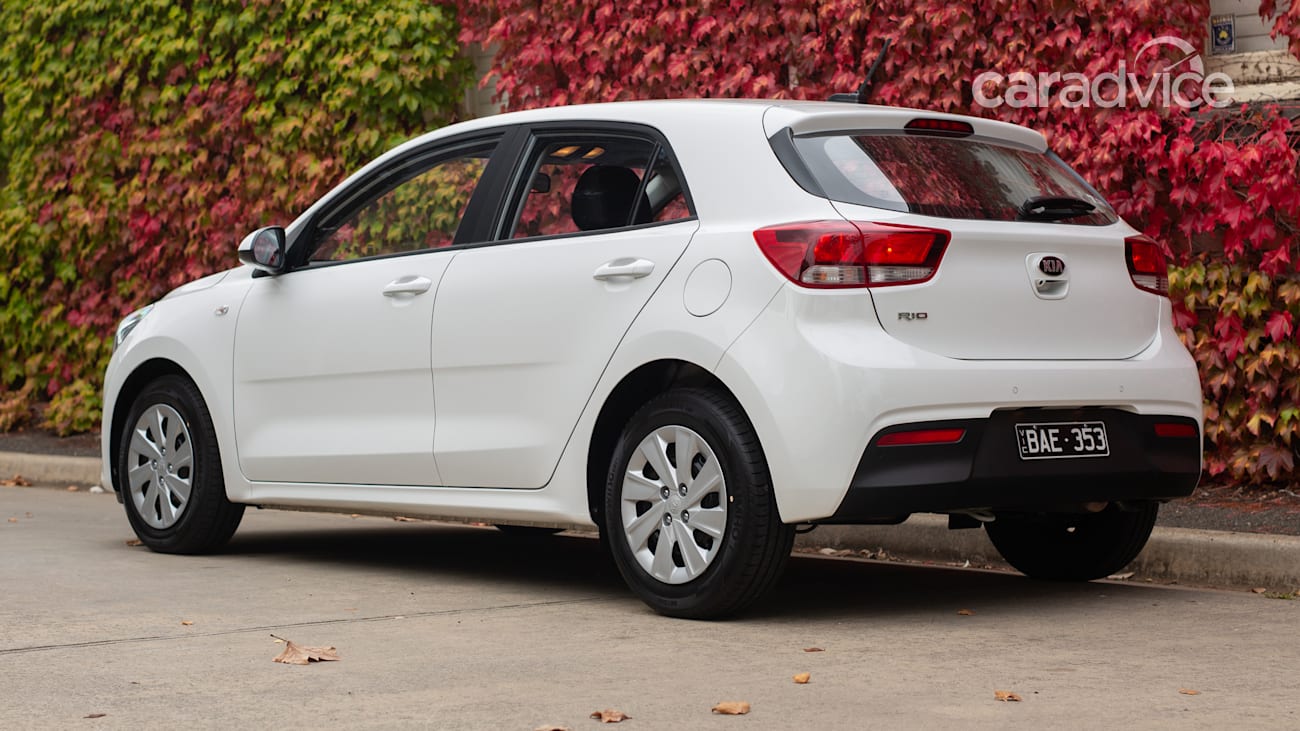
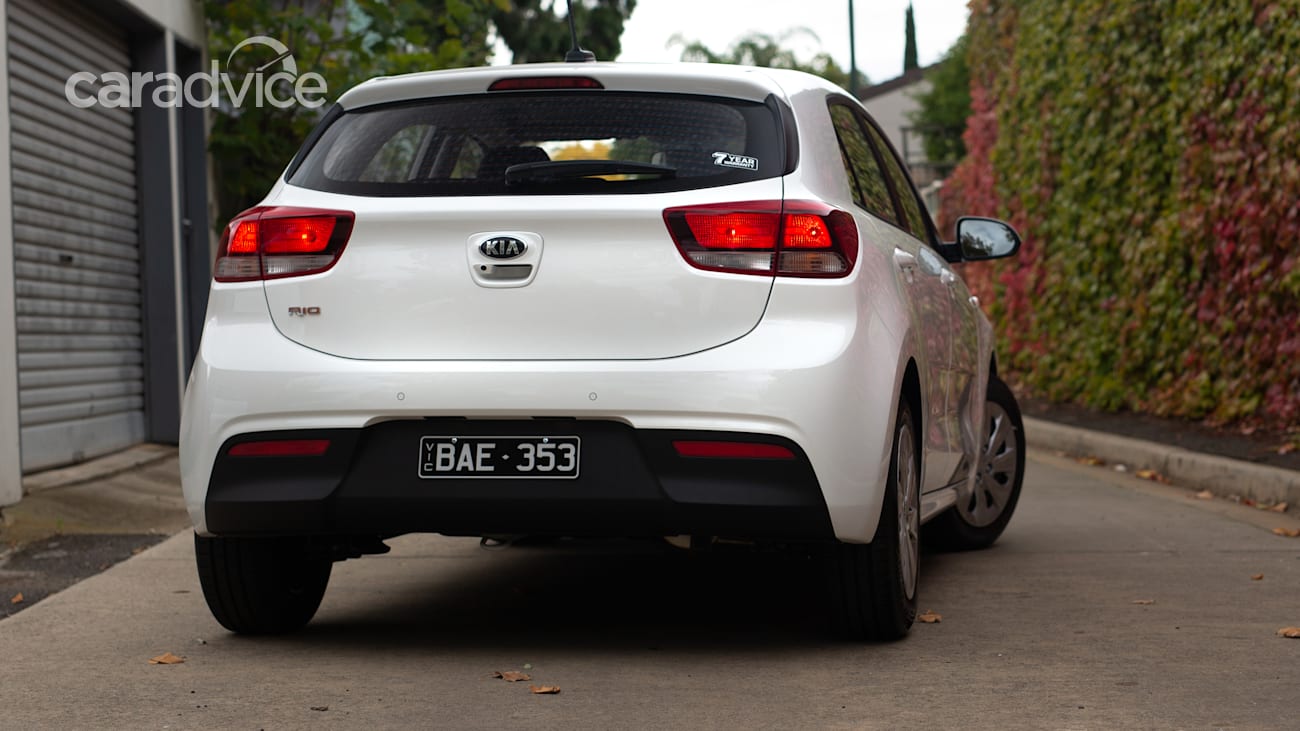
Sticking to the Rio for a moment, the basic package runs a 1.4-litre naturally aspirated four-cylinder petrol engine with a six-speed manual transmission sending power to the front wheels.
Equipment includes 15-inch steel wheels with hubcaps, power windows, remote central locking, a small LCD driver’s info display with a digital speedo, power windows, power-adjustable mirrors, fabric seat trim, a height-adjustable driver’s seat, front seatbelt height adjustment, and steering wheel adjustable for height and reach.
Safety covers dusk-sensing headlights, rear-view camera with dynamic guidelines, rear park sensors, six airbags, plus three top-tether and two ISOFIX child seat mount points. Autonomous emergency braking isn’t available on the Rio S, though does feature on the more expensive Rio GT-Line.
All variants of the Rio range carry a five-star ANCAP rating awarded in 2017. The safety authority’s latest requirements make cars without autonomous emergency braking ineligible for a five-star score, so if cross-shopping a car with a later assessment, keep in mind not all five-star scores are the same.
While much of the package covers the bare necessities and not too much more, without coming across as entirely bare, the infotainment system is decently impressive. Android Auto and Apple CarPlay feature, as do AM/FM radio, iPod-compatible USB input, Bluetooth and steering wheel audio controls. No real surprise, perhaps, but satellite navigation isn’t to be found on the 7.0-inch touchscreen.
Because of the somewhat light features list, ease of use is about as simple as it gets. Jump in, plug in your phone (if that’s your thing), key in ignition, twist and go. There’s not much to get familiar with, and the layout of controls is clear, simple and easy to use on the go.
Kia doesn’t really pretend to be premium at this spec level, so the interior finishes are mostly hard plastics. ‘Wrap-over’ effect styling touches across the door tops, and a contrasting face panel on the upright dash, help things look contemporary.
Storage is plentiful with a two-tier open shelf in front of the gear lever, cupholders alongside the mechanical handbrake, and a lidded console to tuck things out of view. Generous door bins with bottle holders complete the versatility on offer.
While it may only be compact on the outside, the interior doesn’t feel too hemmed in. There’s a generosity to the front seat dimensions, although the flat basic cushioning isn’t as supportive as it could be.
There’s a respectable amount of head room and leg room in the front, and the front seats are spaced far enough apart to avoid a clash of elbows with your passenger. Don’t expect miracles in the rear – you’ll get two adults in easily, but three is a pinch, and enough room to handle trips across town easily enough.
The boot gets a solid thumbs up, and at 325L it's one of the better efforts for its class. Folding seats with a 60:40 split can help with loading bigger items, and there’s a space-saver spare under the floor.
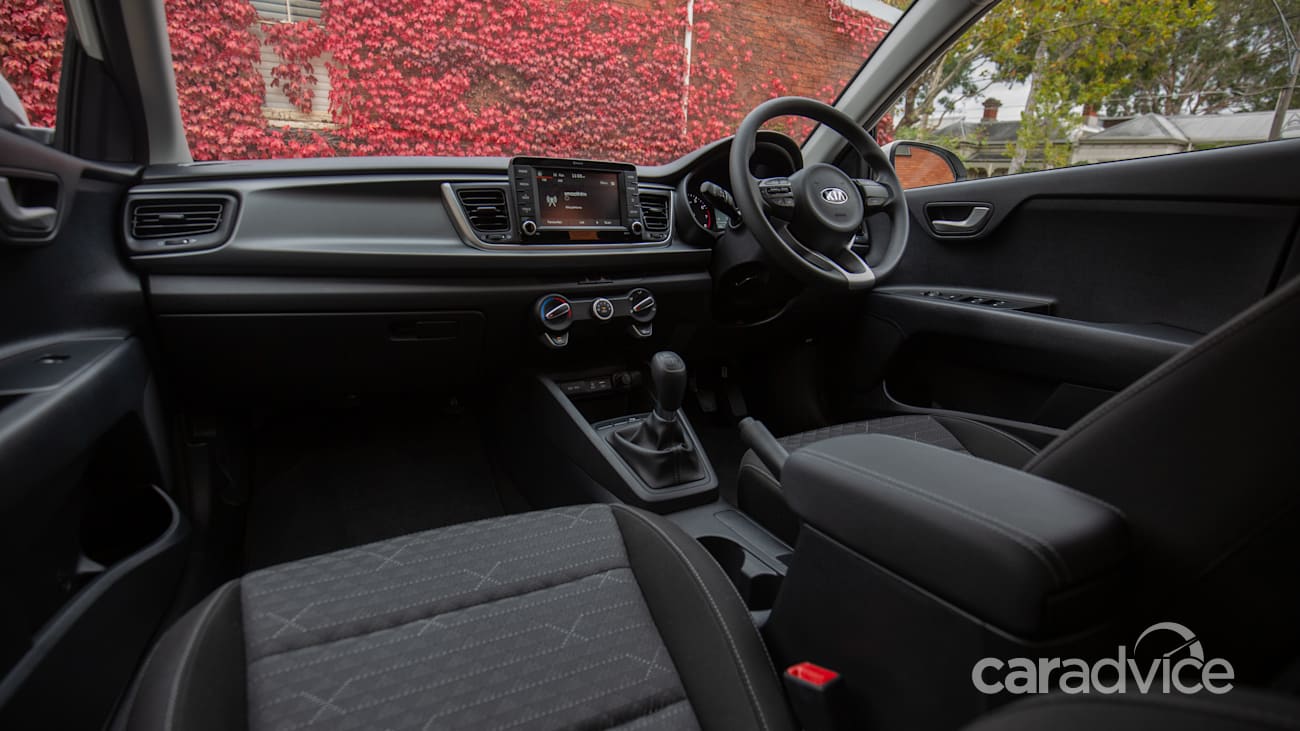
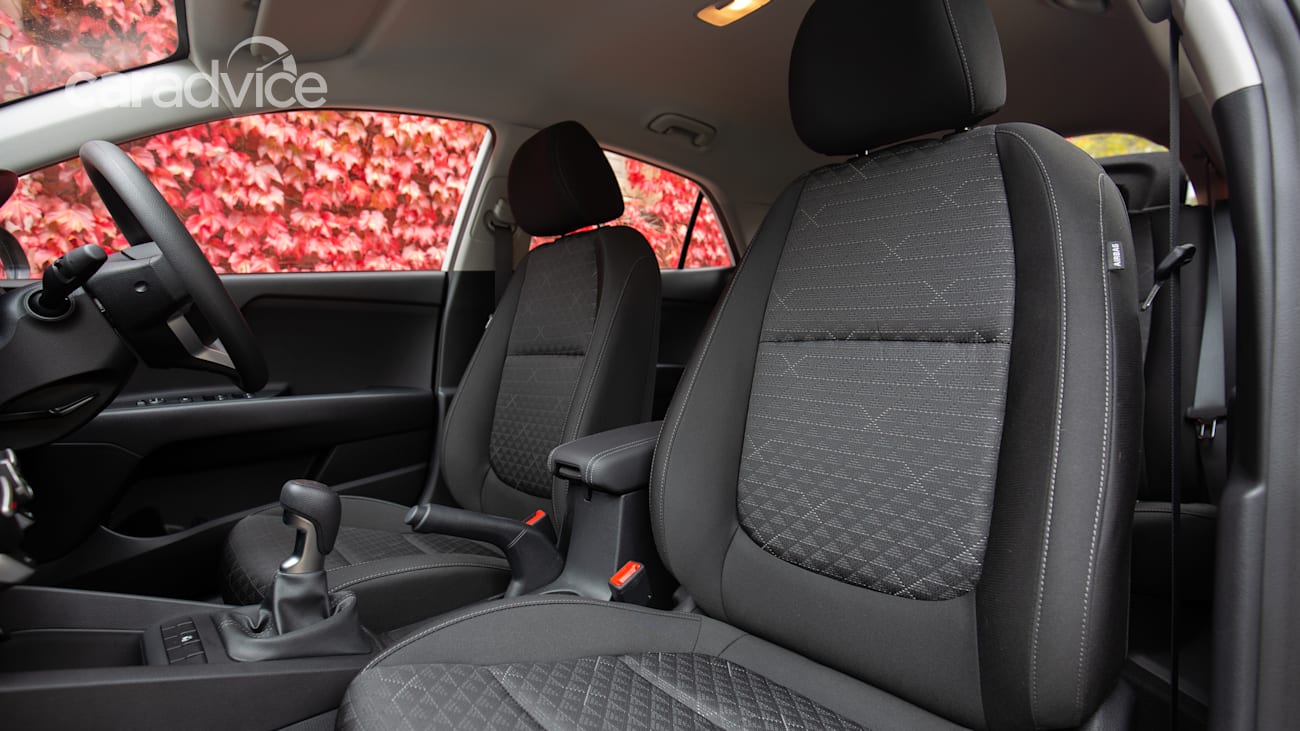

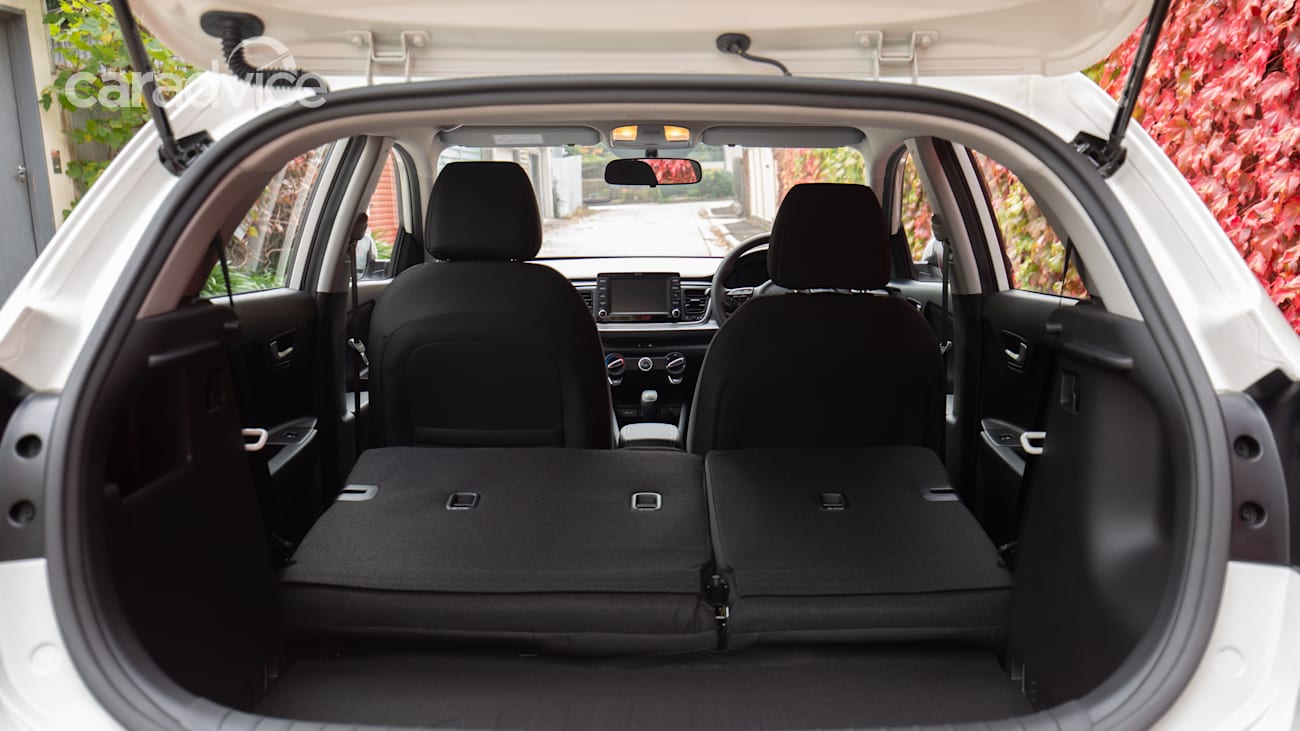
To drive, the Rio is a little less charming. Not bad in any way, just not a standout in any area. The available 74kW at 6000rpm and 133Nm at 4000rpm are respectable figures, but there’s a distinct lethargy to the engine. It’s not fond of being rushed and things move along rather sedately.
Make no mistake, it’s not slow enough to cause concern, but even keeping alongside moderately paced traffic has the Rio exerting itself with little left in reserve. Away from town, a long run-up for overtaking or merging onto fast-flowing roads is helpful.
Urban manners are pleasant all the same. Light and pert steering makes tight spaces a breeze, and the light and easily judged clutch is easy to get the swing of in traffic, plus the gearshift has a low-resistance ease of travel through the gate. Just the thing for shuffling through stop-start driving.
Ride and handling have been given a local flavour thanks to Australian-specific suspension tuned by Aussies for Aussies, and the Rio does a good job of choppy surfaces and keeps its composure over bigger bumps. Road noise at speed does get the better of it at times, with tyre roar and a hint of wind noise accompanying freeway runs.
Kia stamps the Rio manual with a frugal 5.6 litres per 100km official consumption claim, and it was no trouble to return a still decent 6.8L/100km after buzzing about town for the most part, with a few quick 80–100km/h runs thrown in.
Kia’s capped-price warranty pricing is all inclusive per visit (so there are no hidden charges for scheduled brake fluid or pollen filter changes like some brands), but that also means the price of 12 monthly or 15,000km servicing (whichever comes first) varies between visits. Expect to pay $269, $470, $323, $623, $303, $586 and $322 respectively to reach up to seven years' ownership, coincidentally the same length of time as Kia’s warranty.
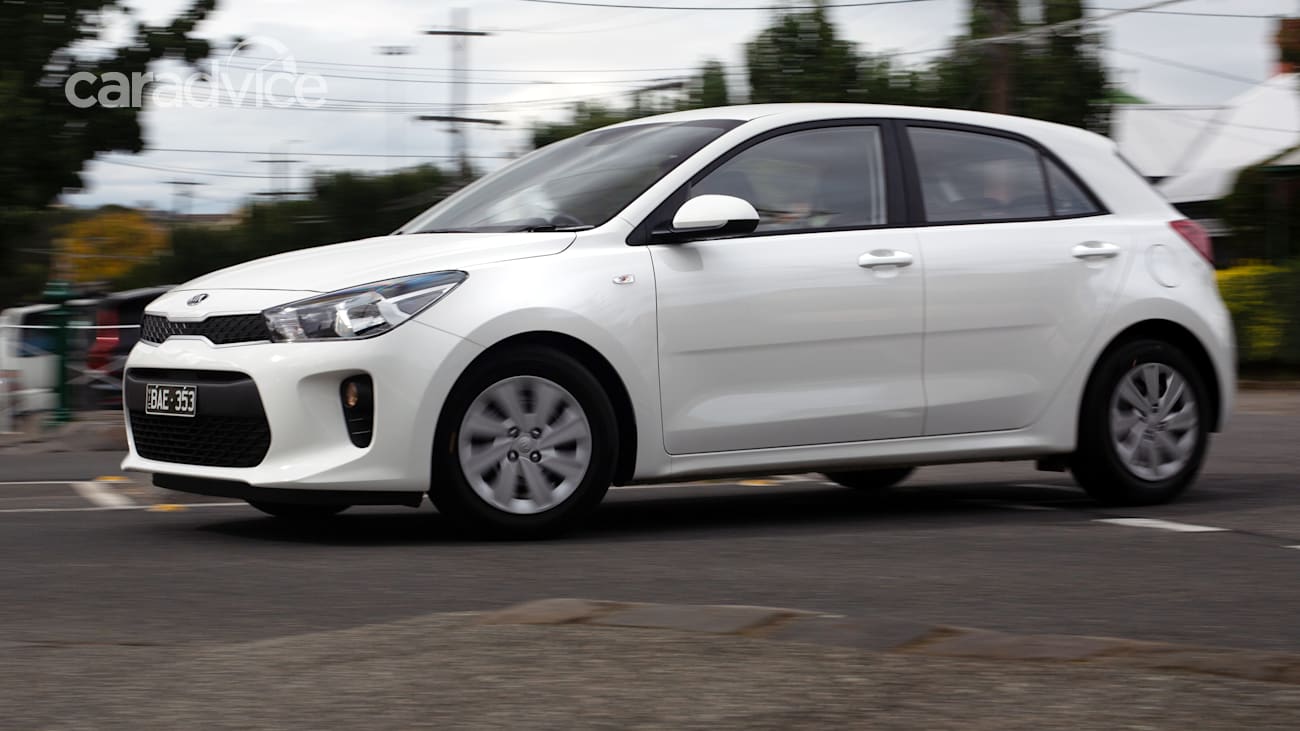
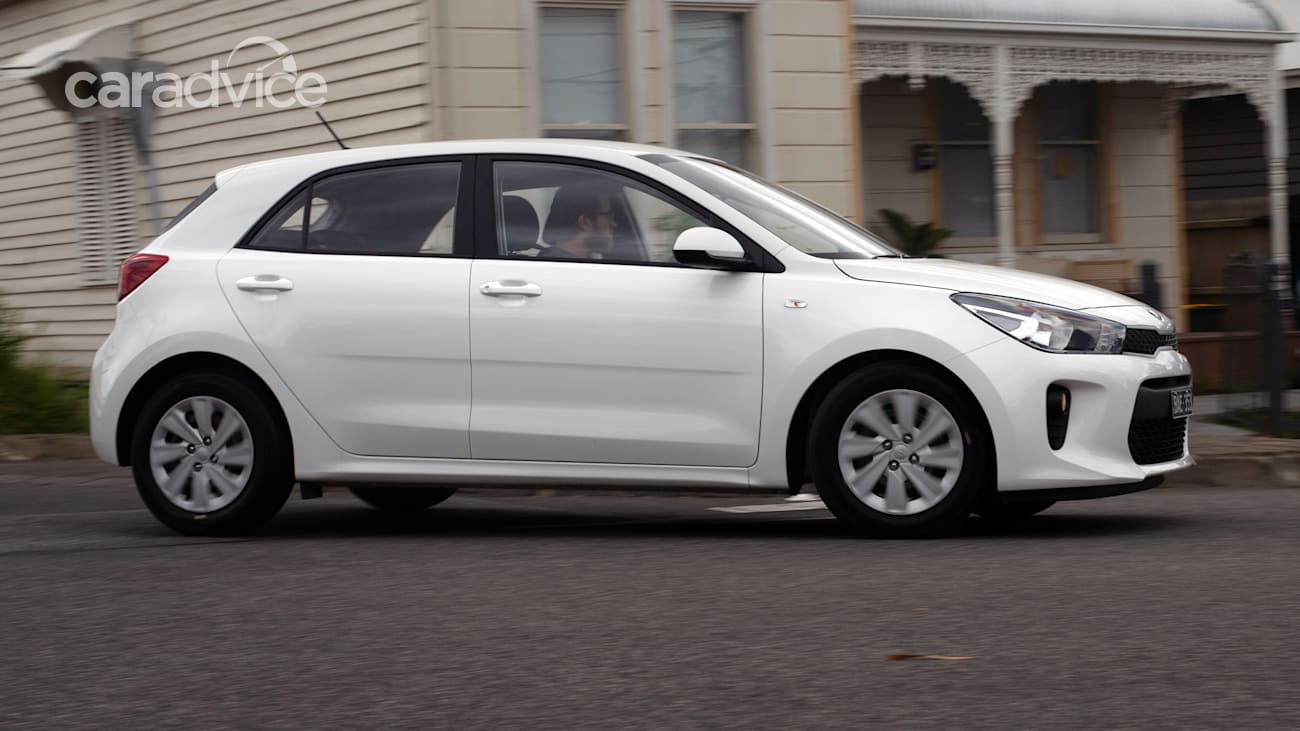
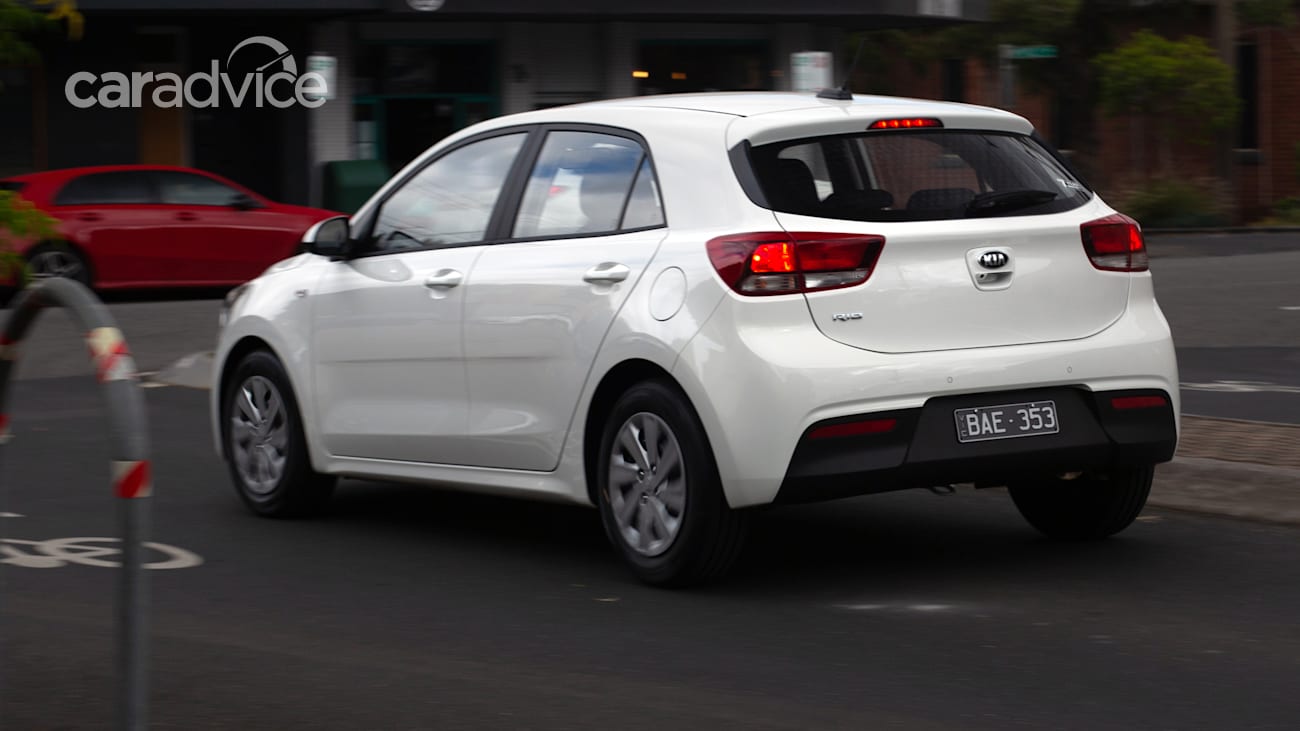
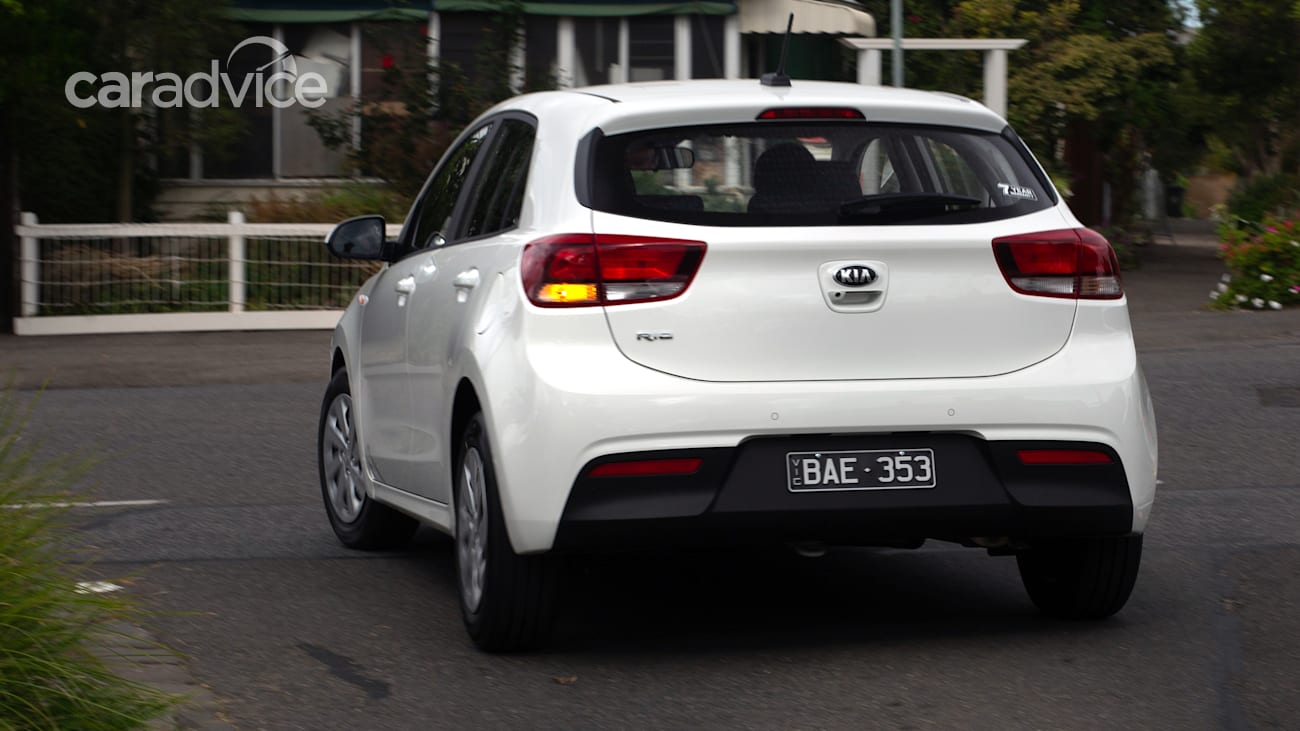
What about the Kia Picanto GT-Line we mentioned earlier, though? The smaller 1.2-litre engine is a little less powerful at 62kW and 122Nm, and it's a smaller car overall, but that may not be an issue if most of your driving is done one-up.
If you can handle the smaller package, you’ll get the same 7.0-inch infotainment and smartphone mirroring, and a mostly simple and easy to use driver interface. Performance isn’t exciting, but in a lighter package it feels no worse than the Rio, perhaps even a touch more willing at times.
Where the Rio S simply cannot match the Picanto GT-Line is equipment: a sport-styled body kit and 16-inch alloy wheels, faux-leather interior in black and red, cruise control with speed limiter, alloy sports pedals, and gloss-black interior highlights all feature in the Picanto but not the basic Rio. Perhaps most importantly, particularly for young and inexperienced drivers, is the Picanto’s autonomous emergency braking – which may help avoid a nose-to-tail collision during a momentary lapse in concentration.
There’s some serious food for thought there. Obviously, if you were going to use the rear seats more often or load up the boot (just 255L in the Picanto) with extra kit, size matters. The same goes for taller or larger-framed drivers.
Unfortunately for the Kia Rio S and its comparatively thin standard equipment list, the biggest threat comes from within. The same price, stronger-value Picanto GT-Line is probably the better car to go for, unless you absolutely need the more generous proportions of the Rio.
That’s not to say the most basic Rio is a bad thing. It has simplicity on its side, feels well put together, and drives pleasantly enough. For some owners that outright simplicity will be exactly what they’re after.
MORE: Rio news, reviews, comparisons and videos
MORE: Everything Kia
Our Ratings Breakdown
Rating: 7.1
6.5 Performance
7.7 Ride Quality
7.3 Handling & Dynamics
6.4 Driver Technology
7.1 Interior Comfort & Packaging
7.9 Infotainment & Connectivity
6.7 Fuel Efficiency
7.0 Safety
6.8 Value for Money
7.2 Fit for Purpose
Our ratings explained
Looking for a deal on this car?
1
51












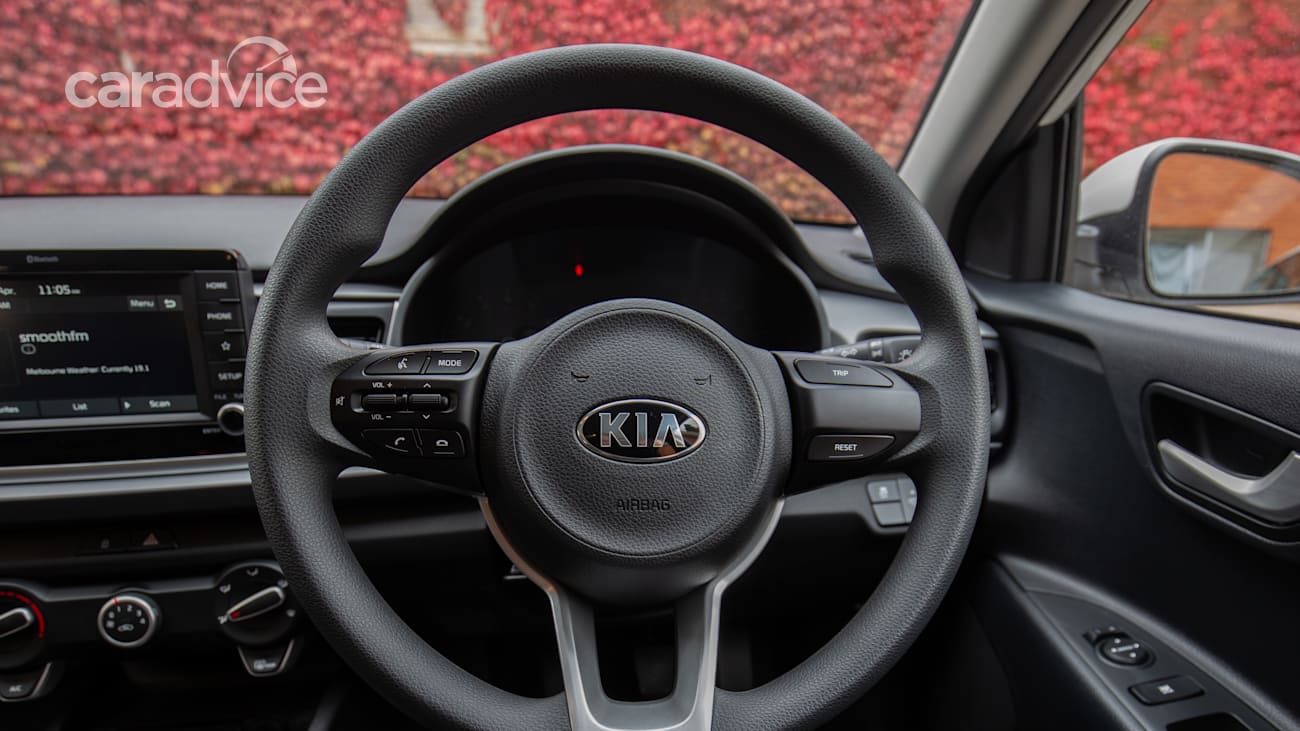
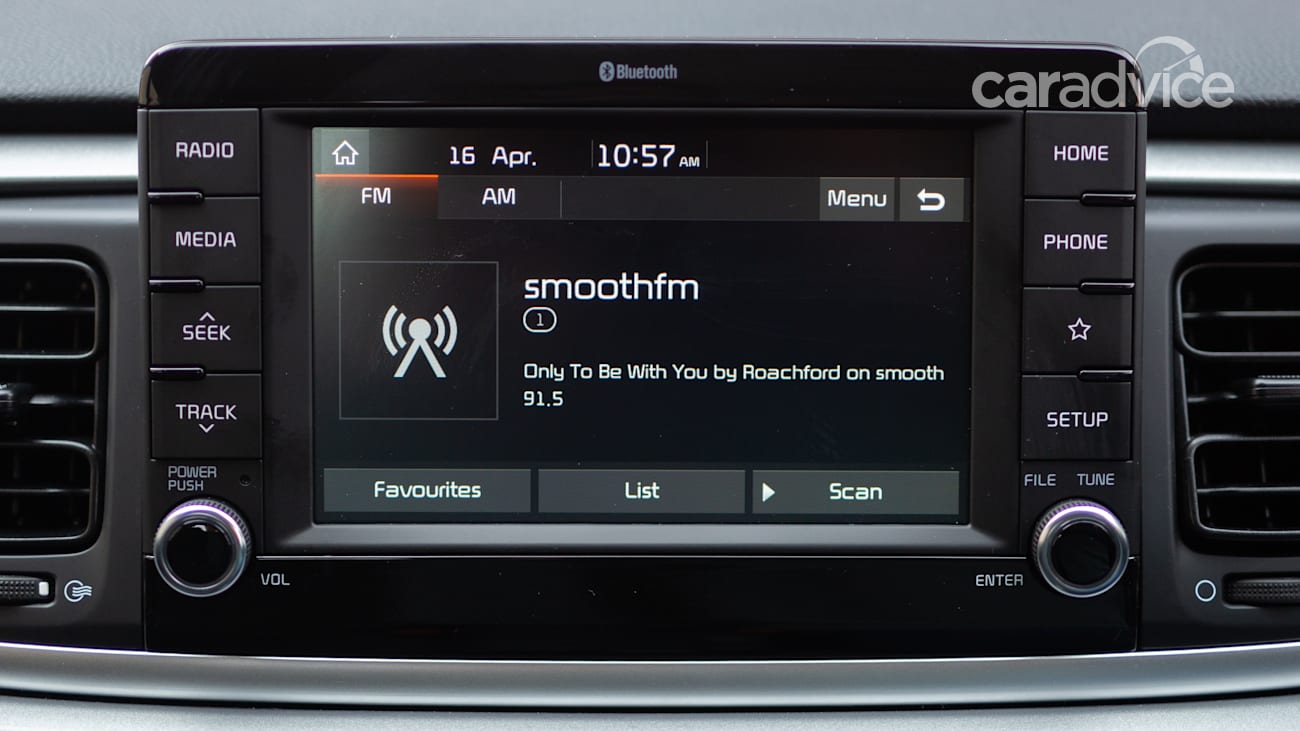
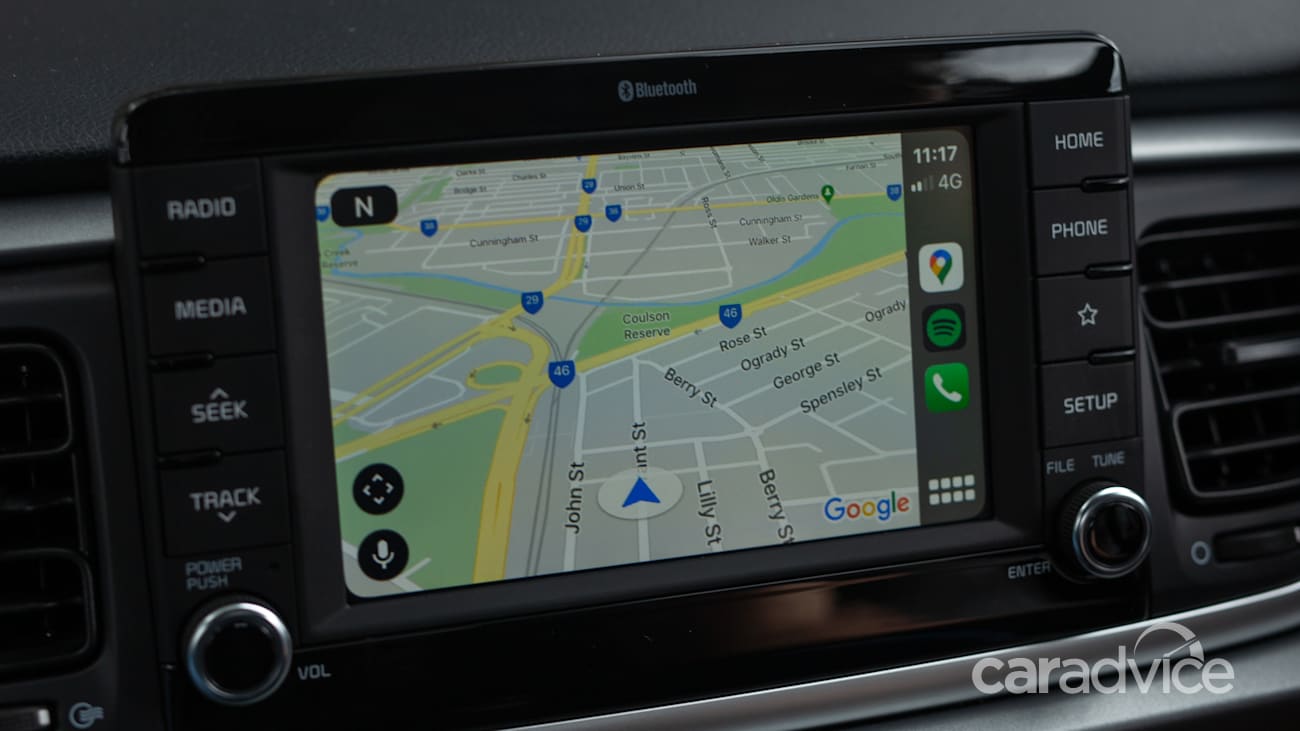
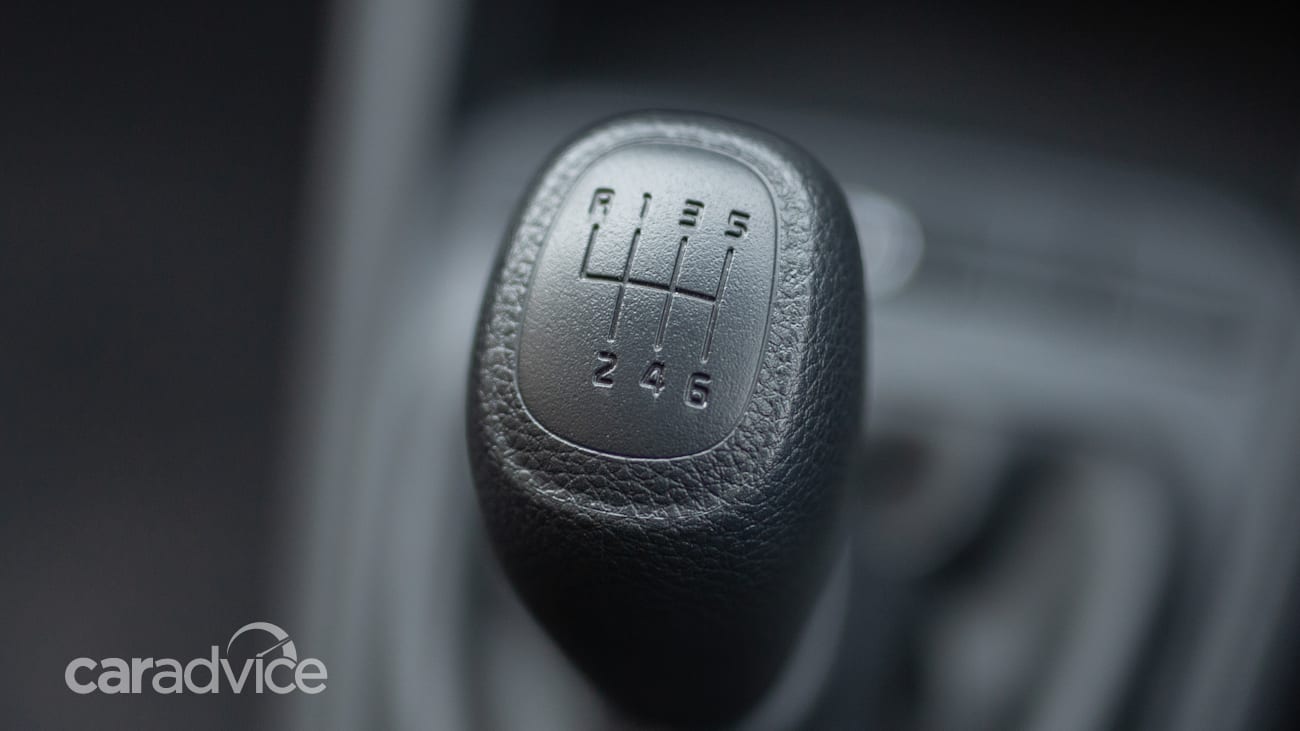
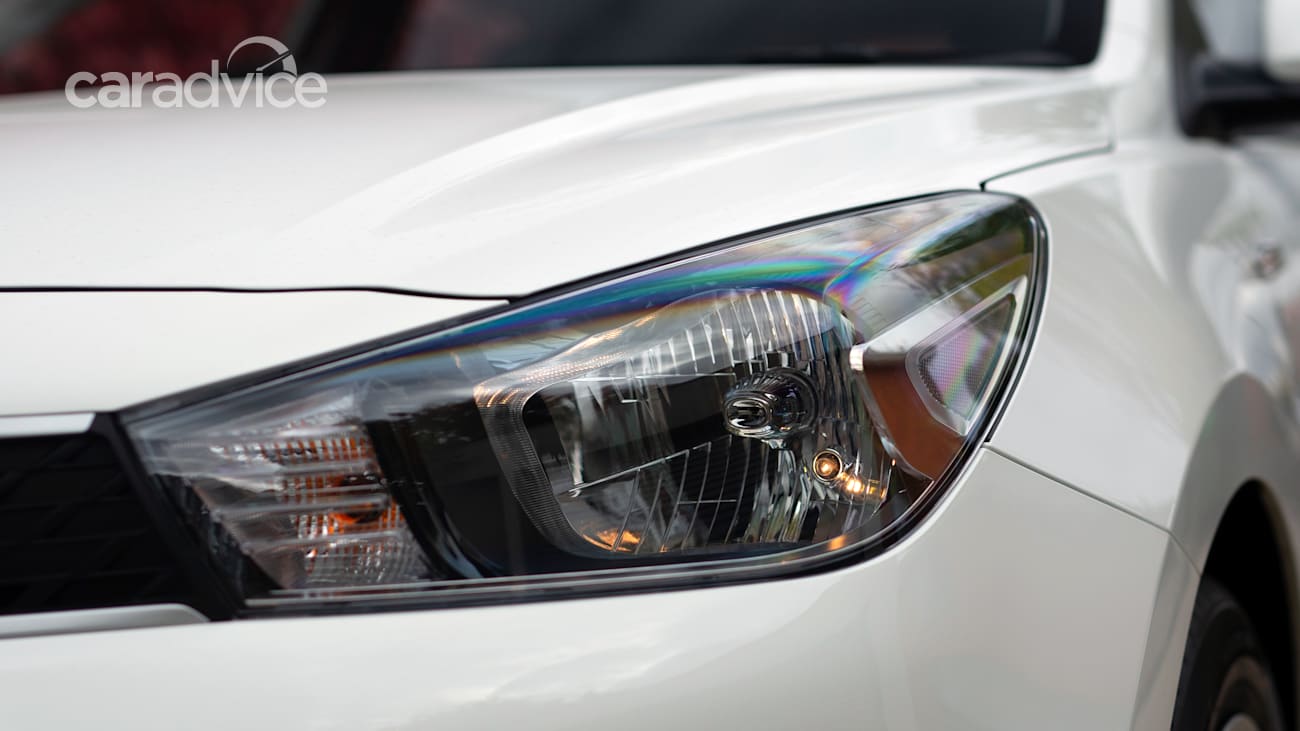


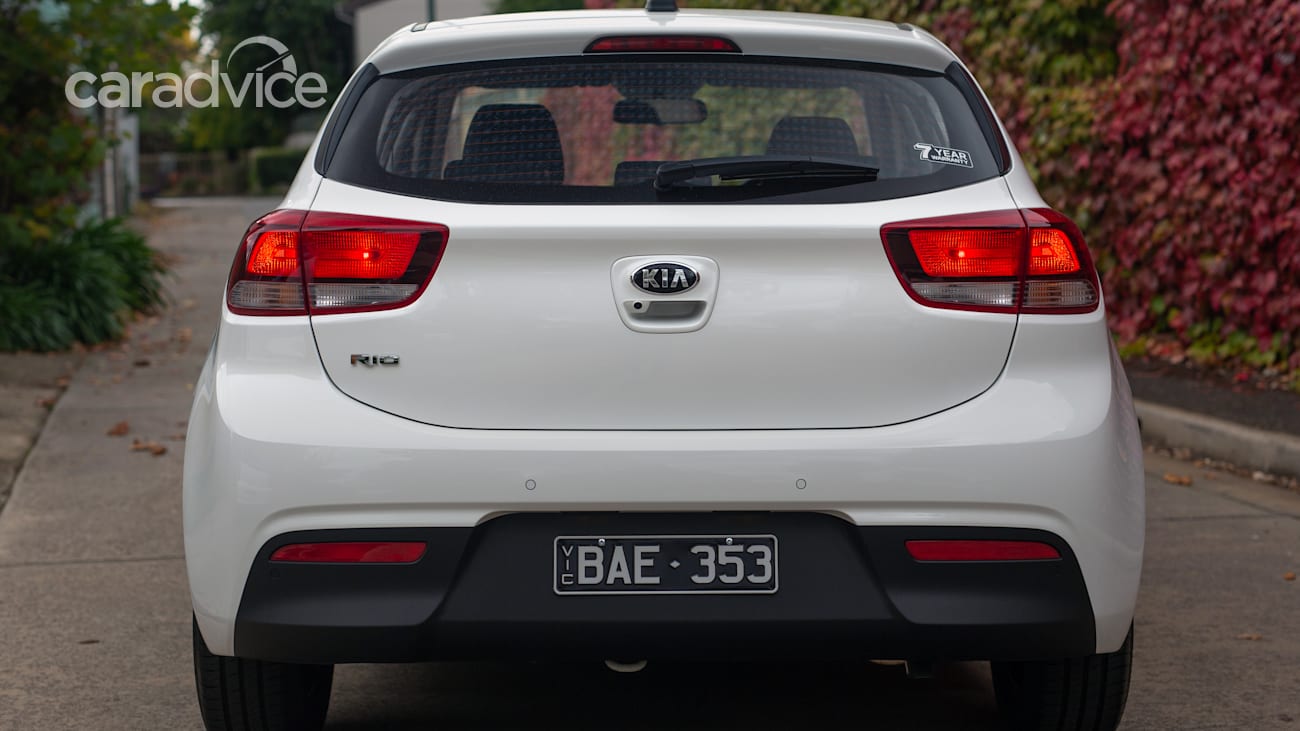
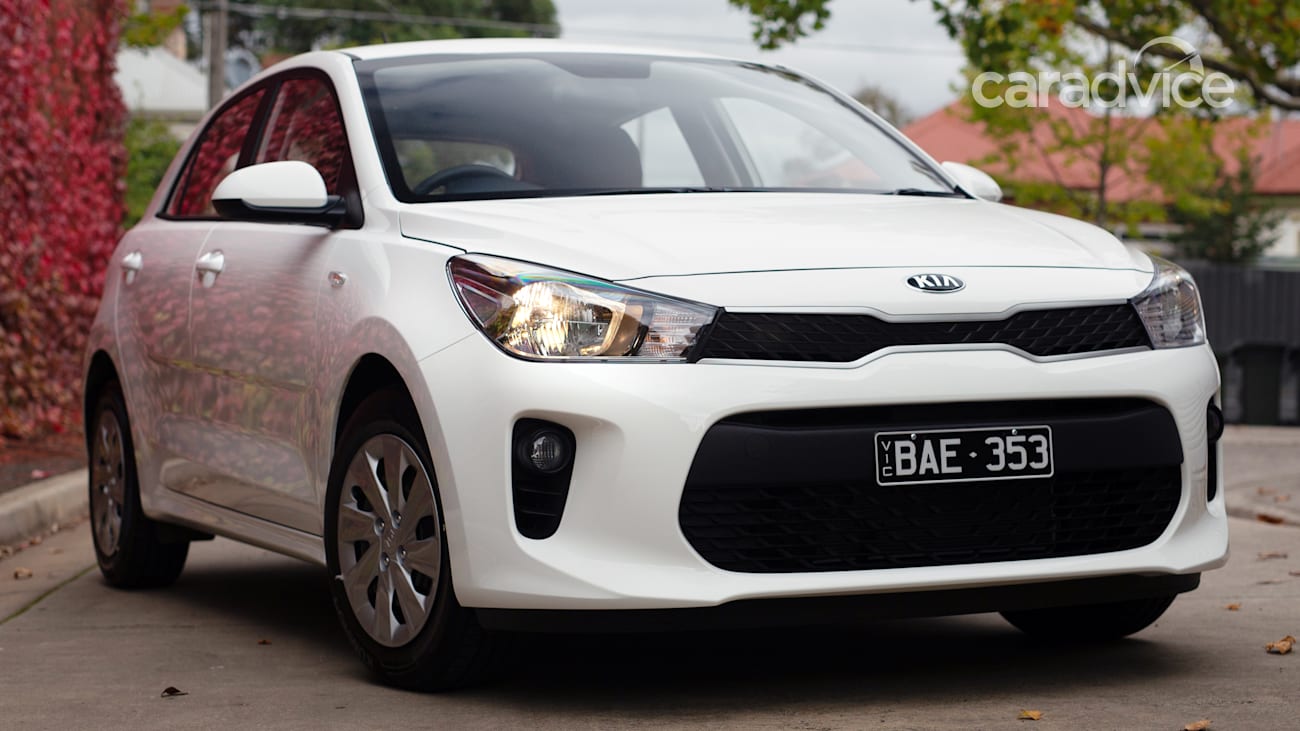
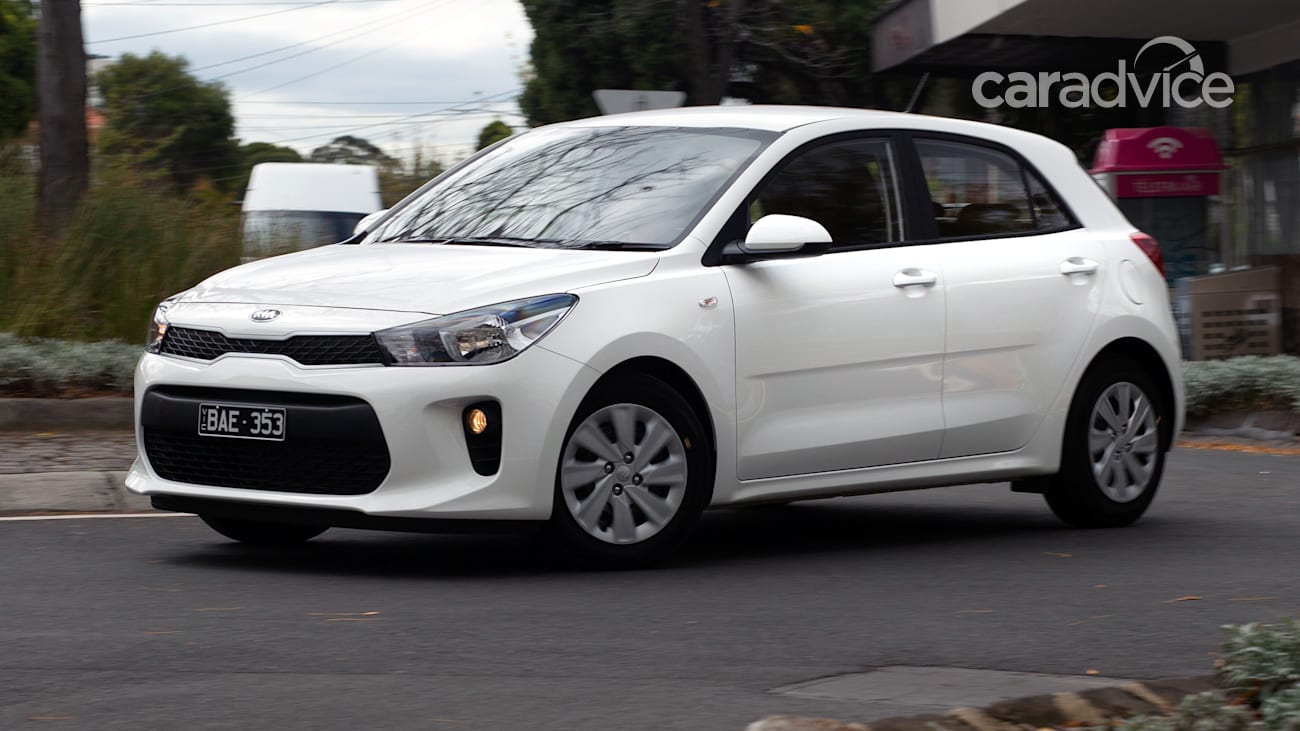
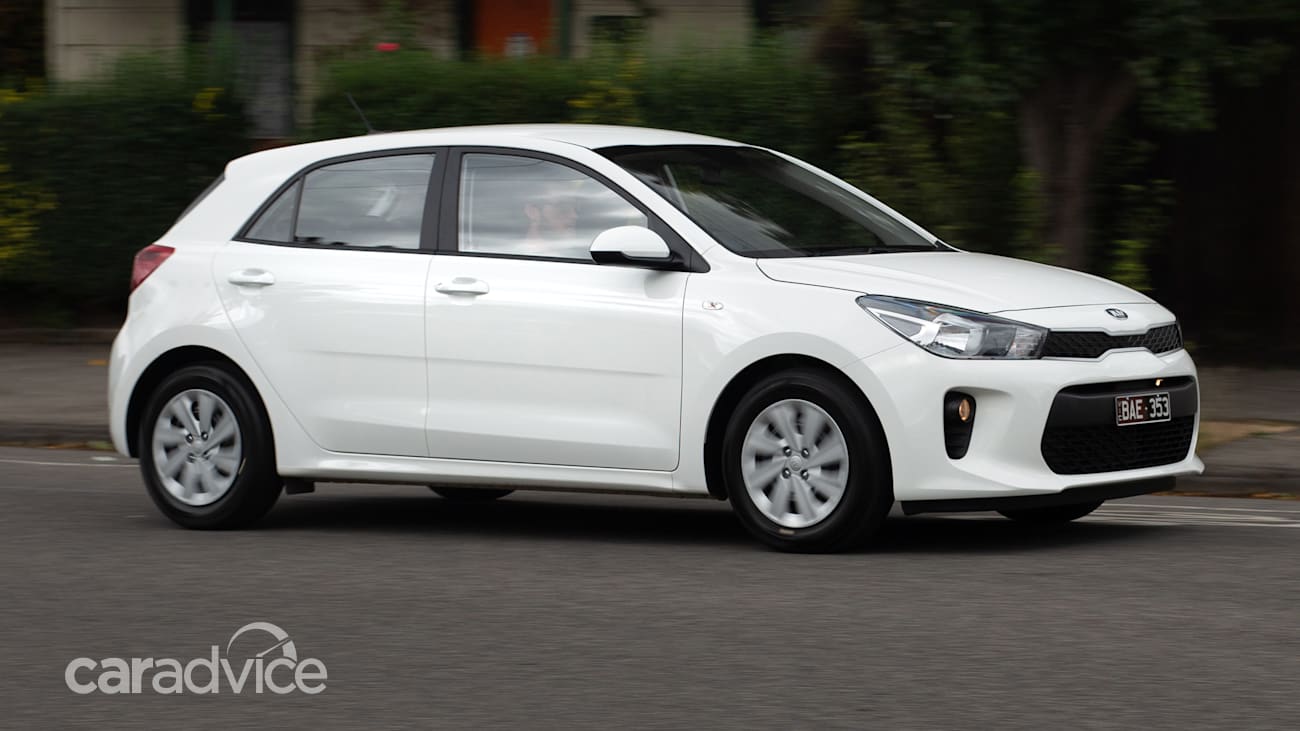
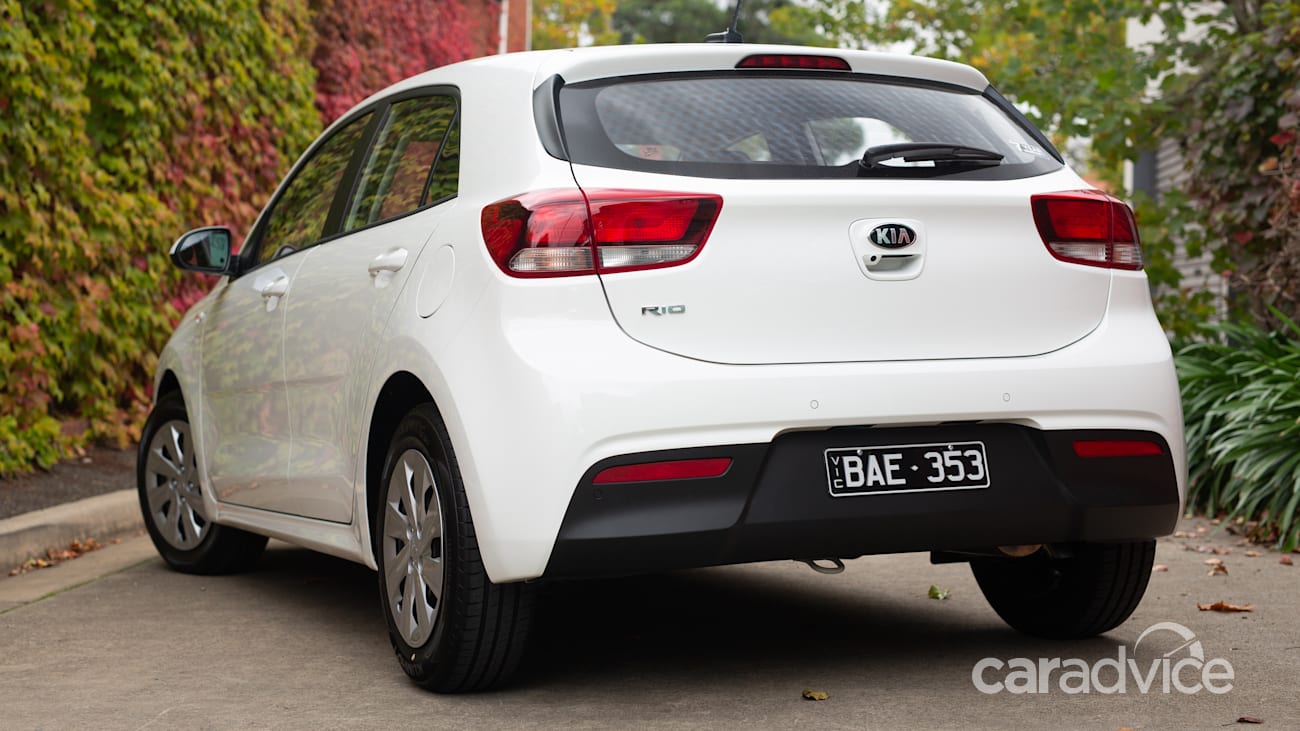
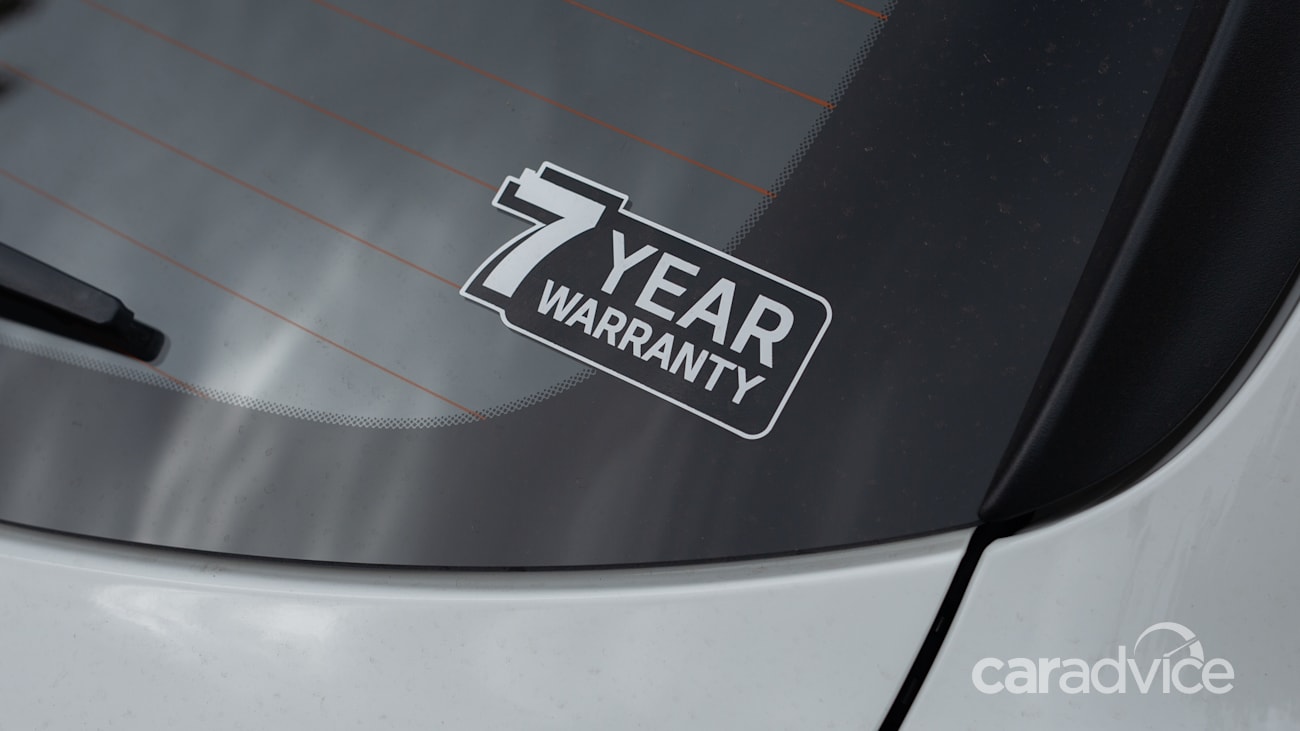
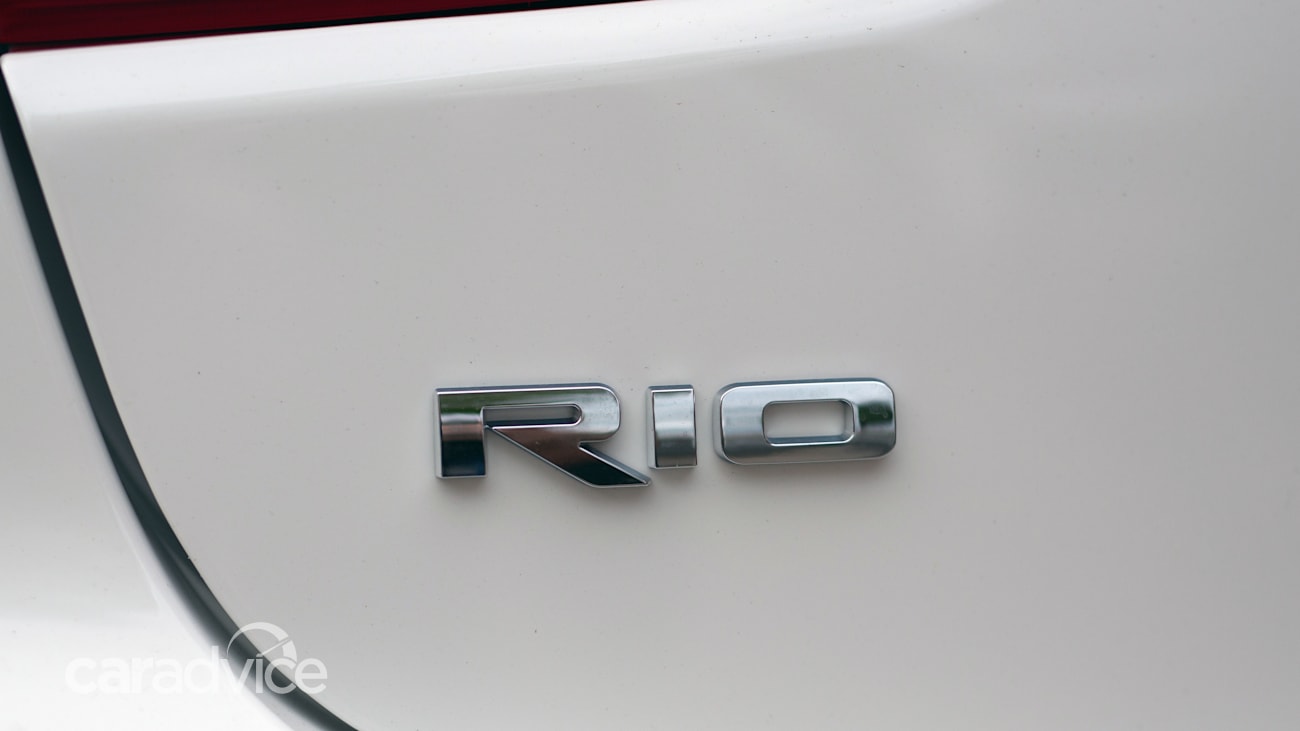
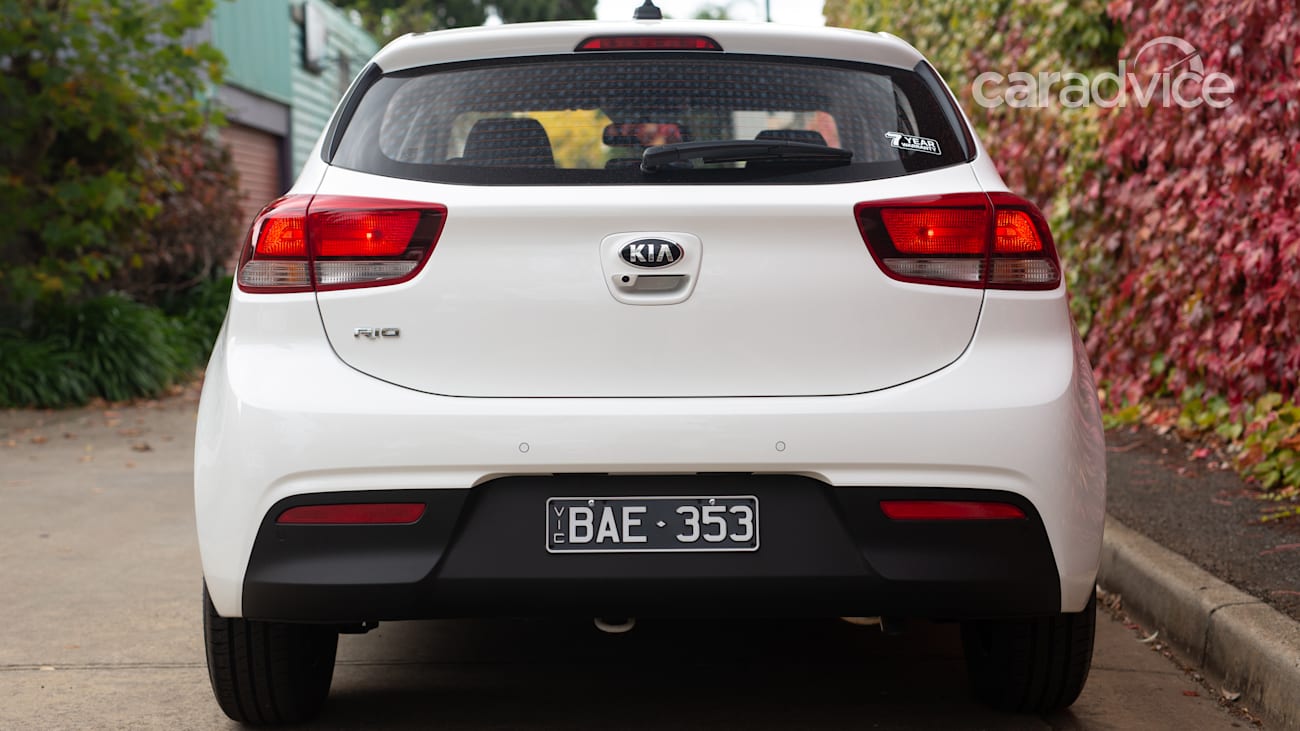
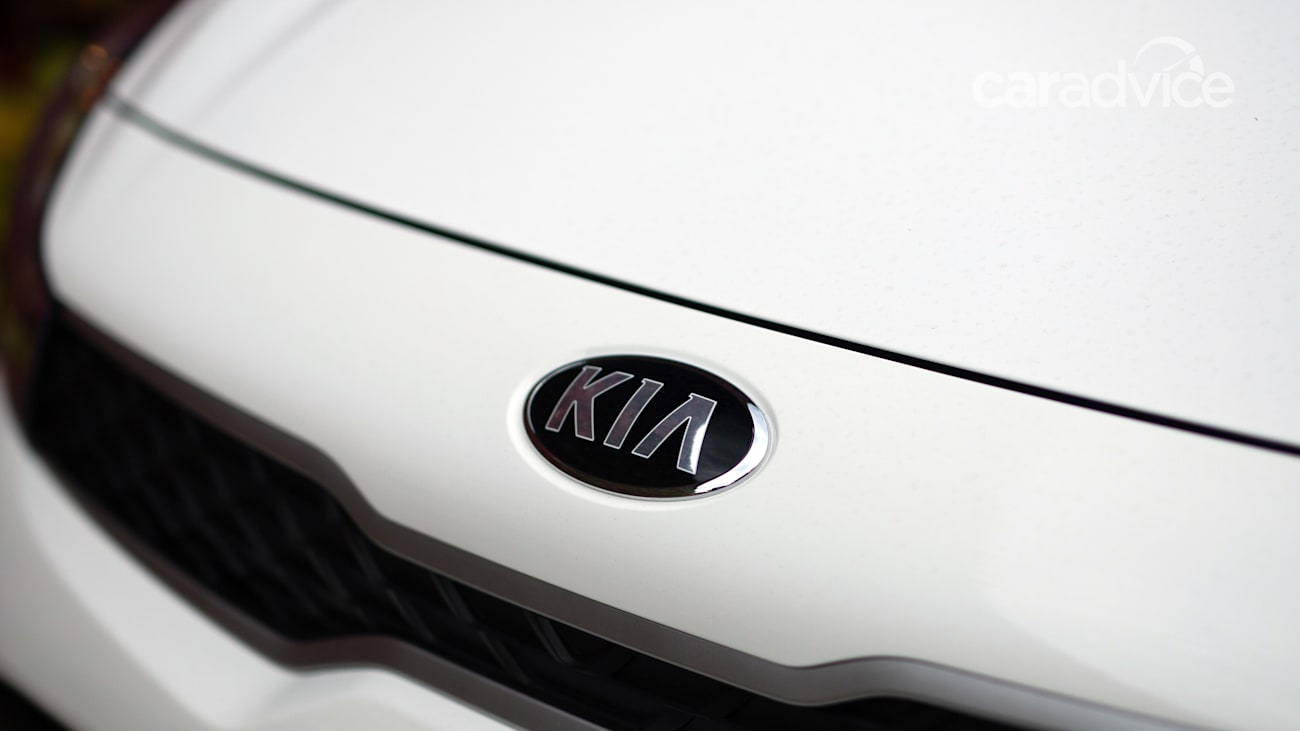
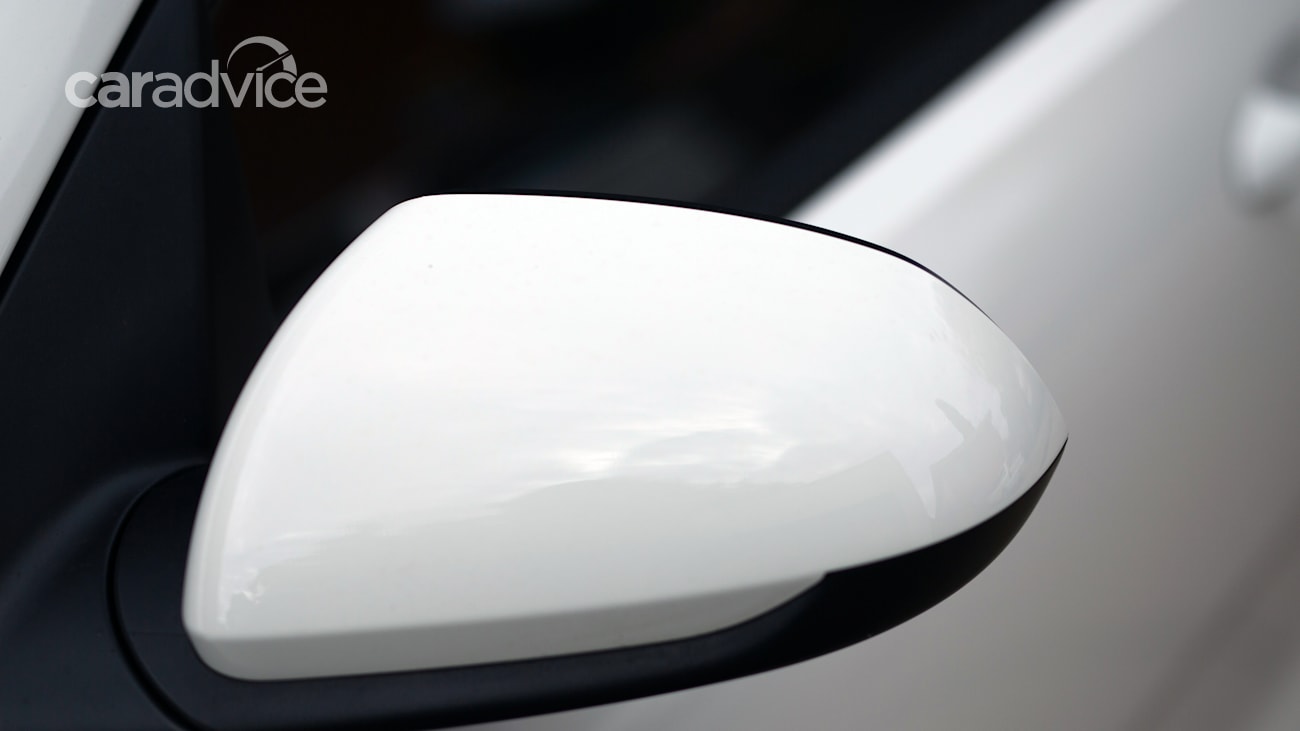

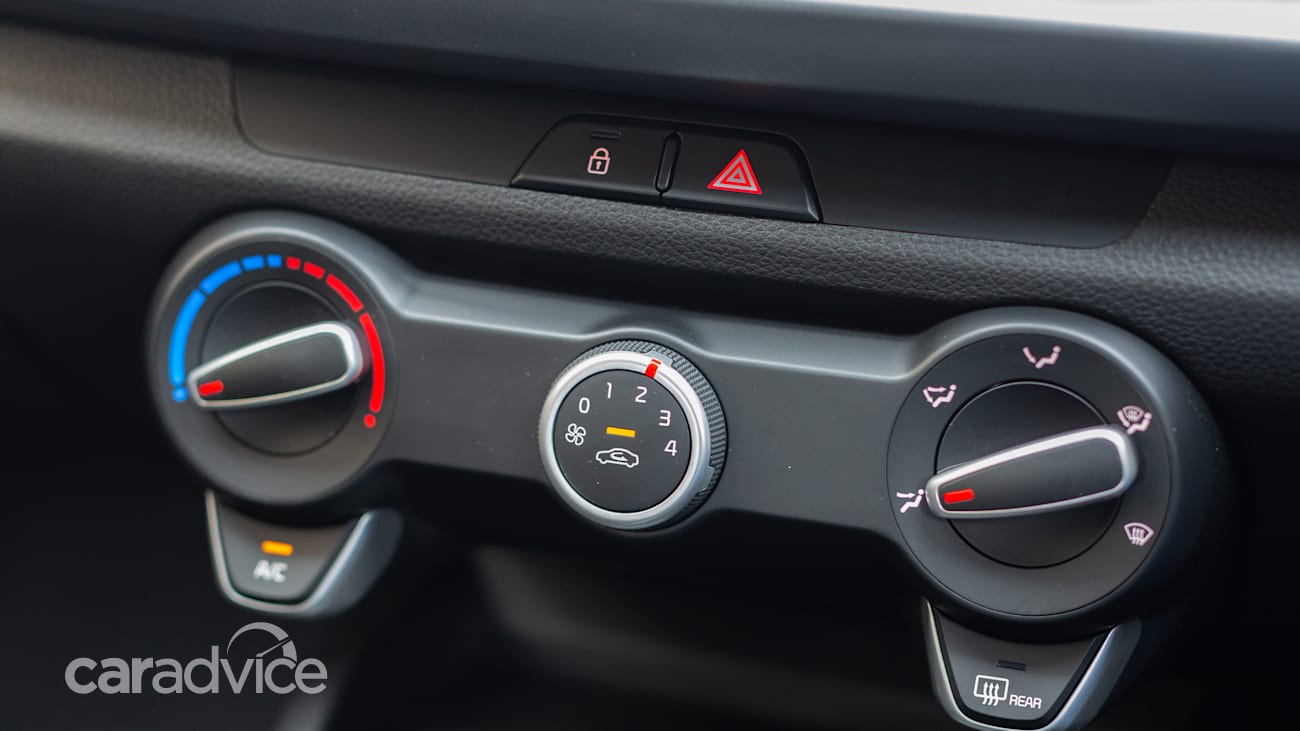

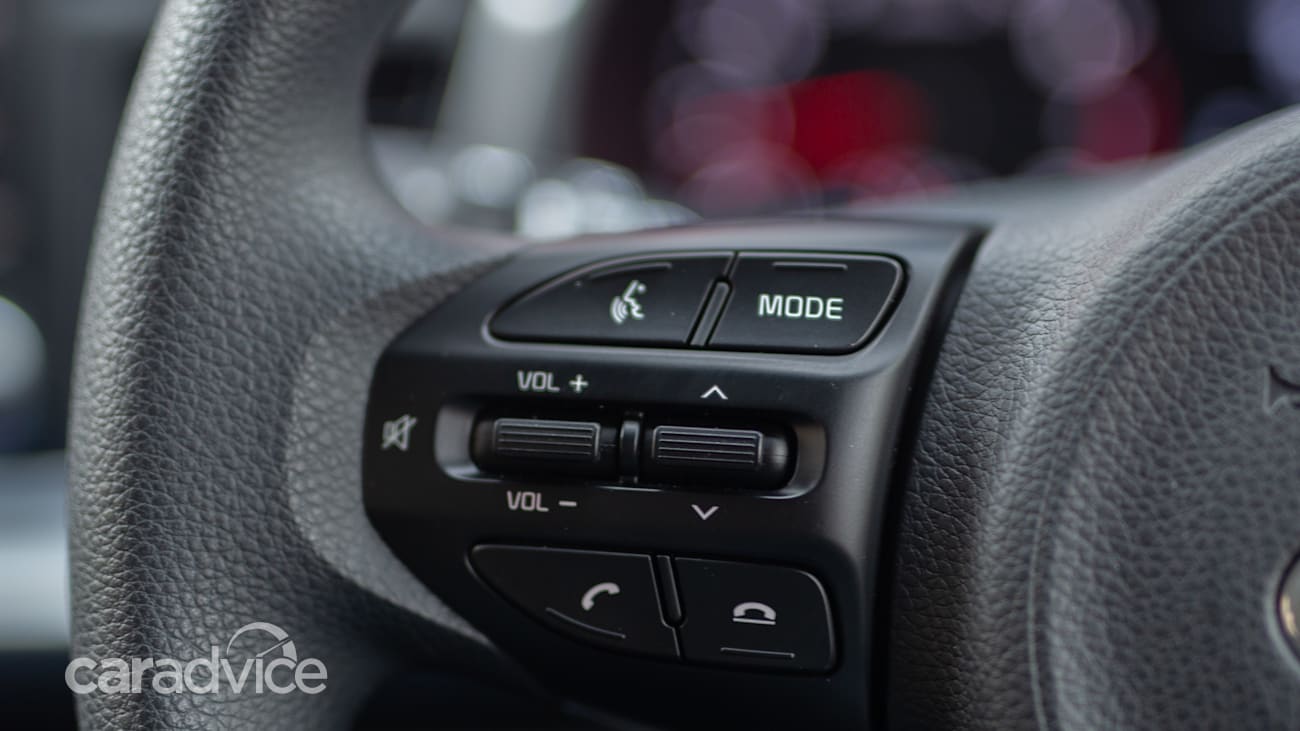
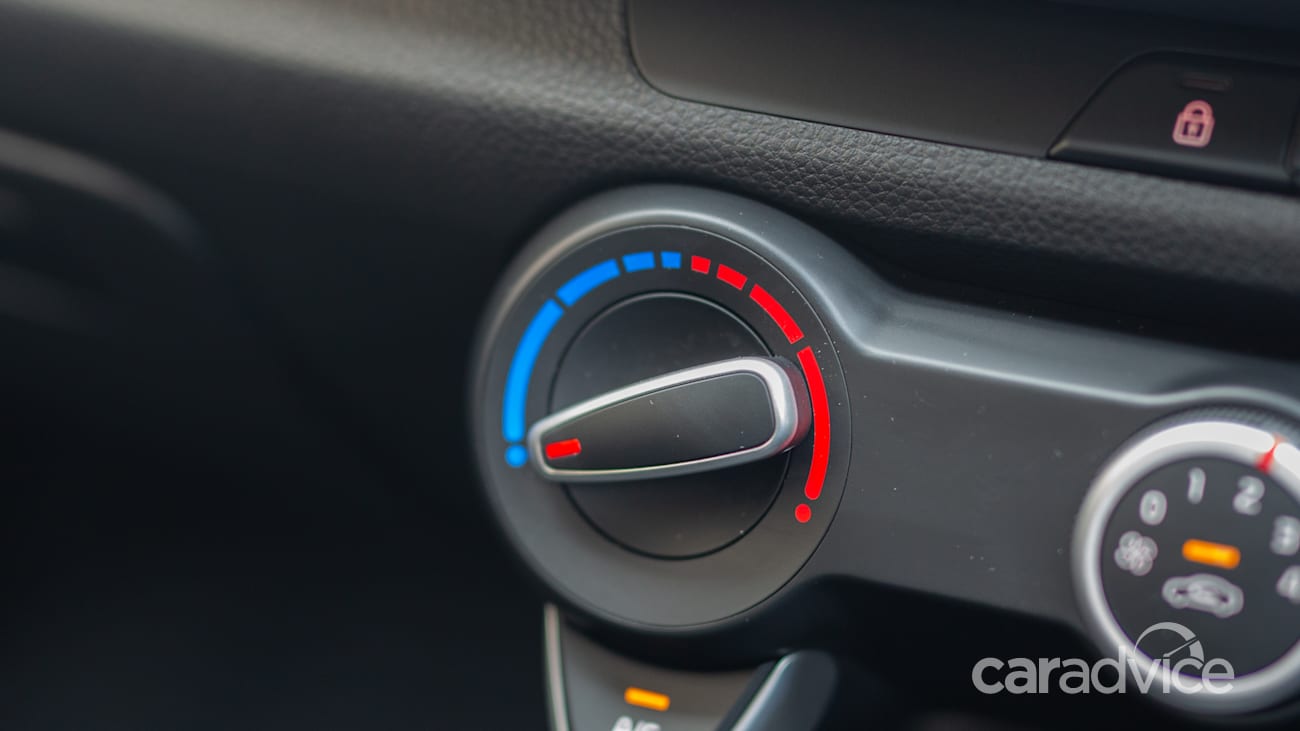
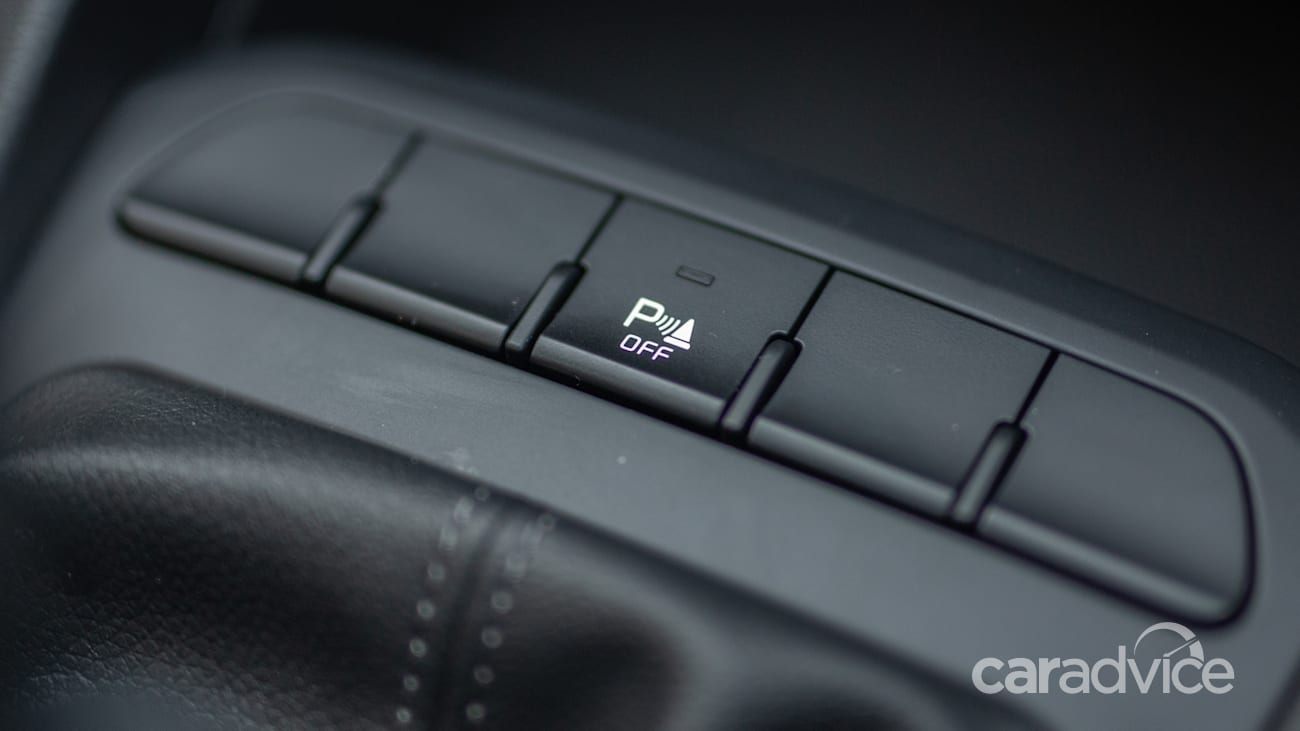
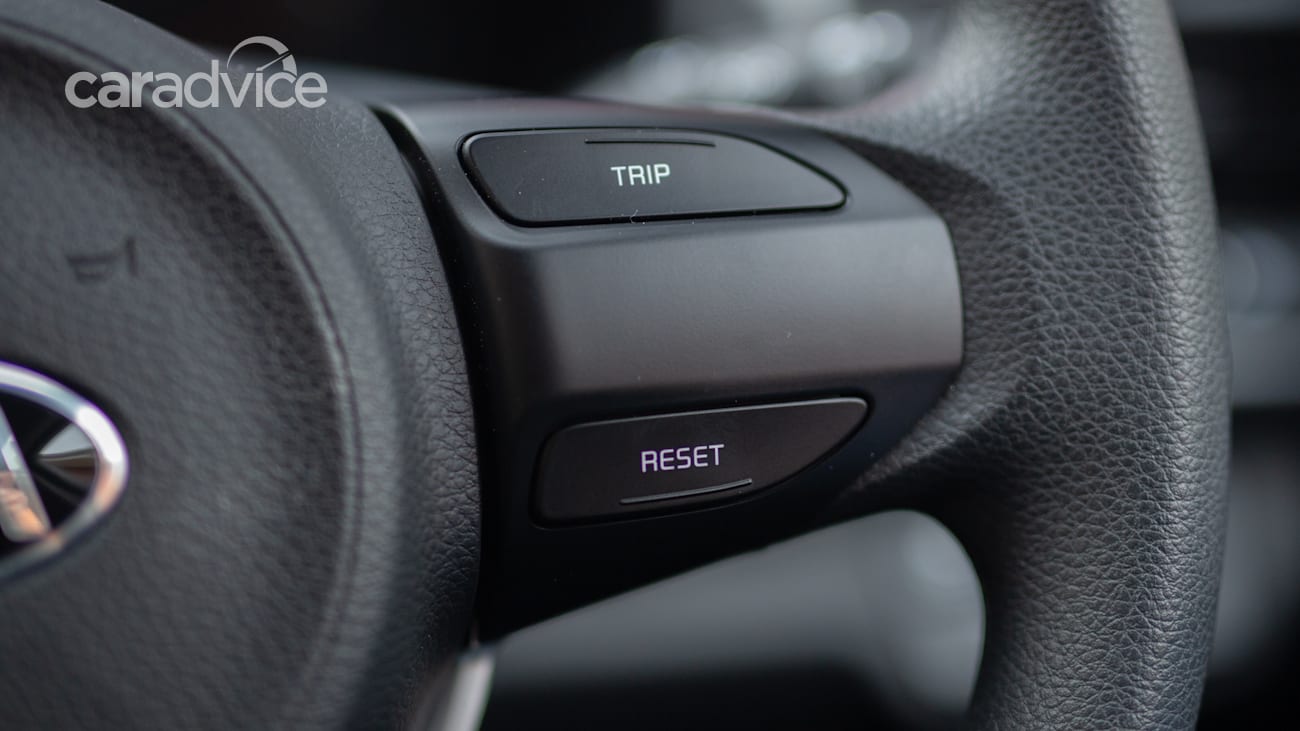
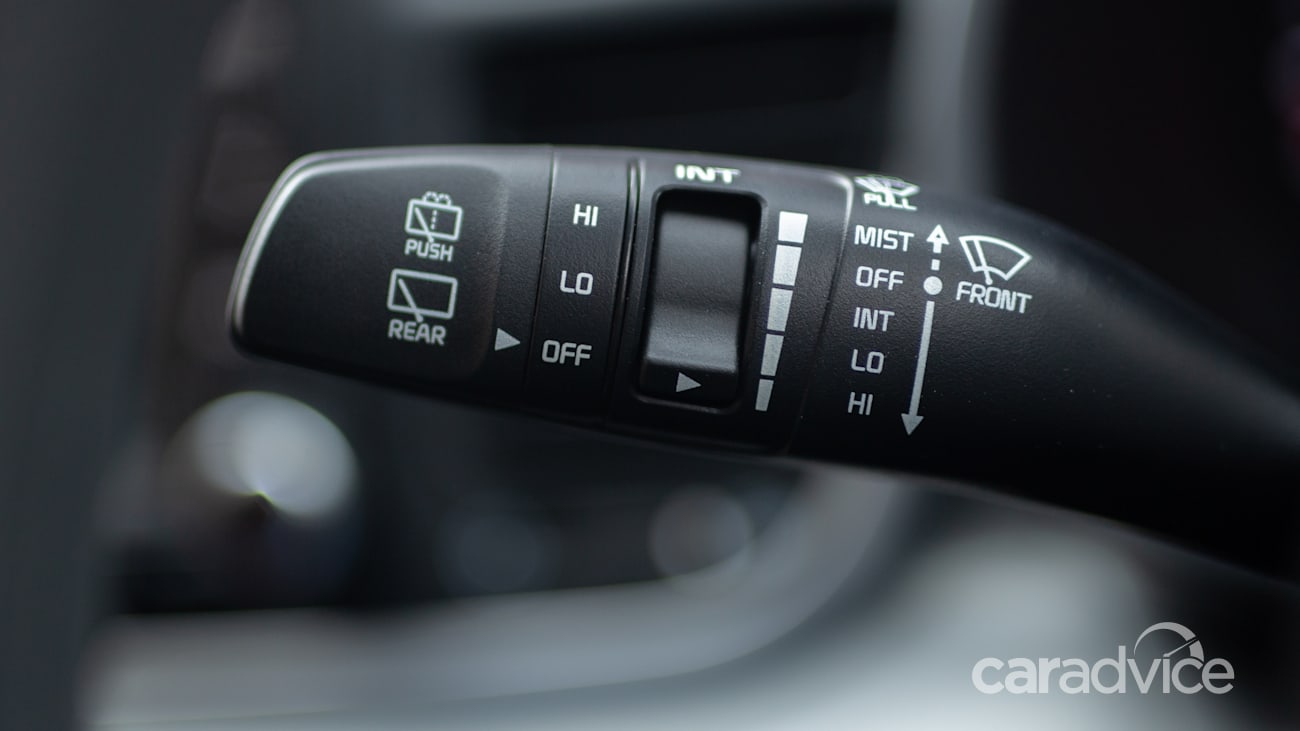
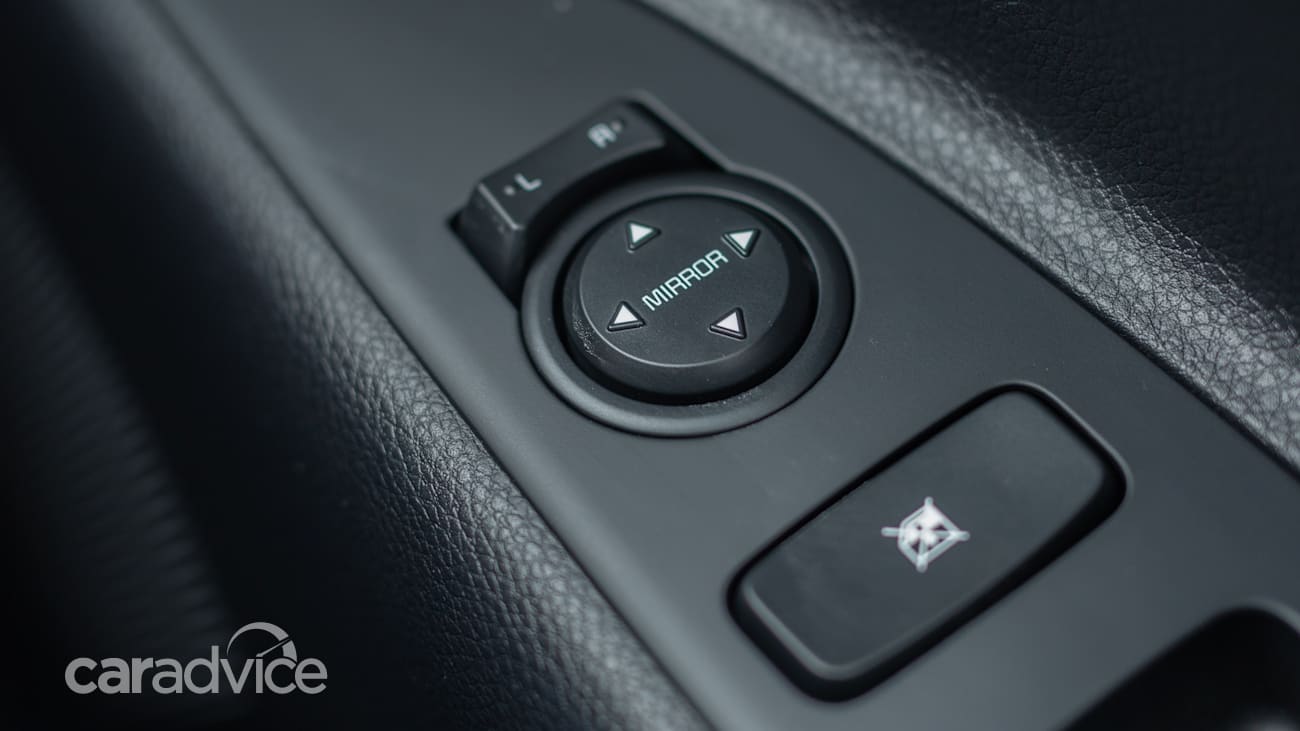
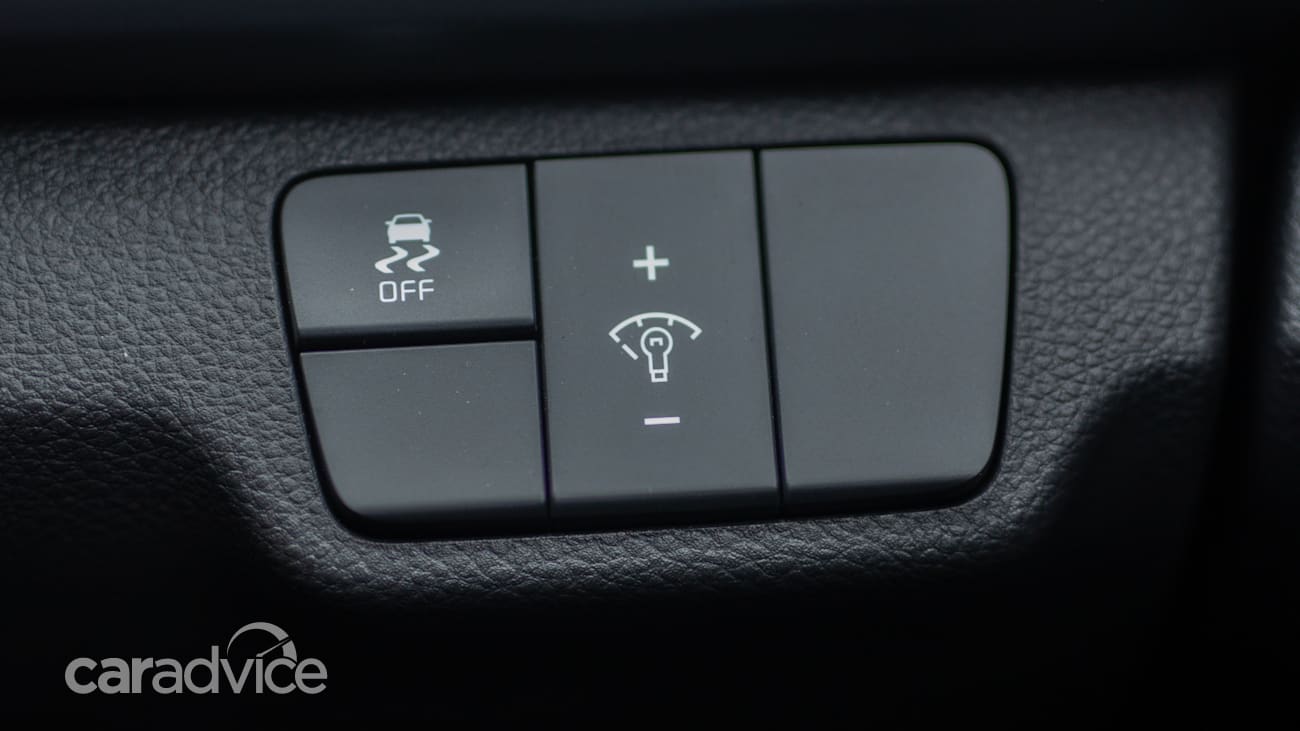
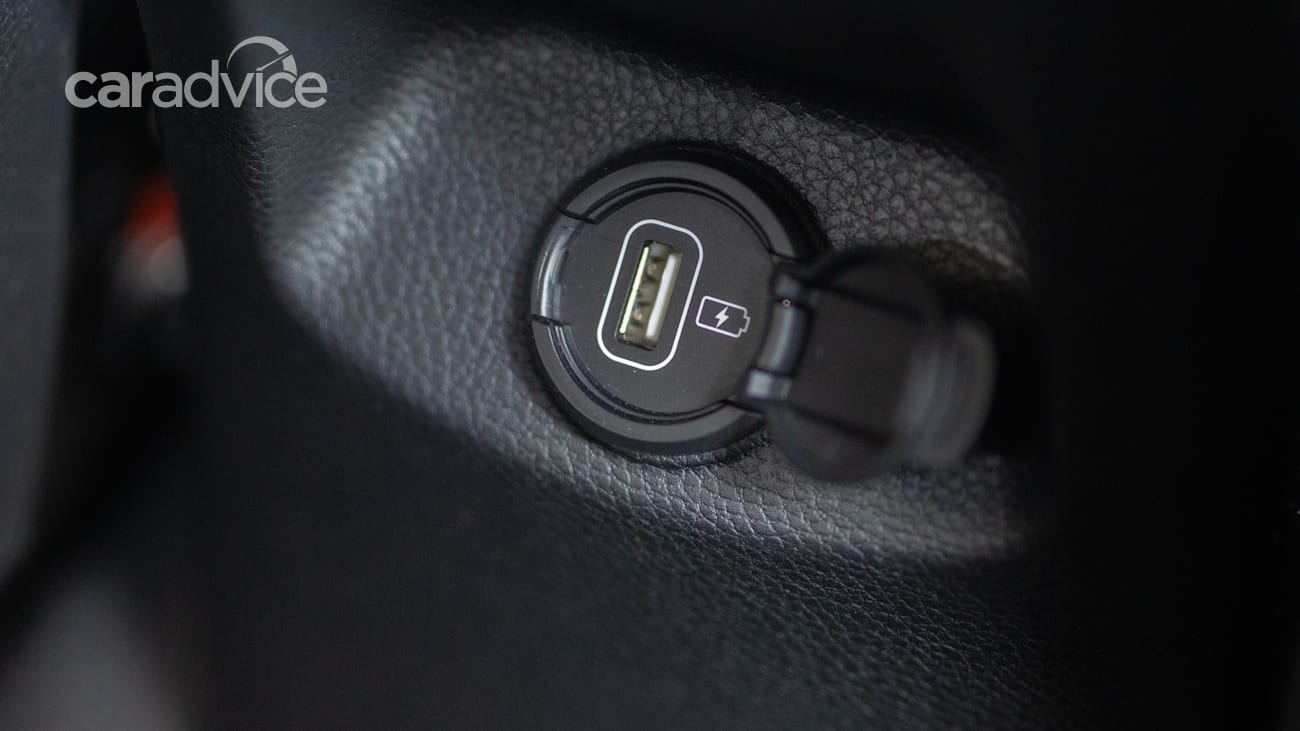
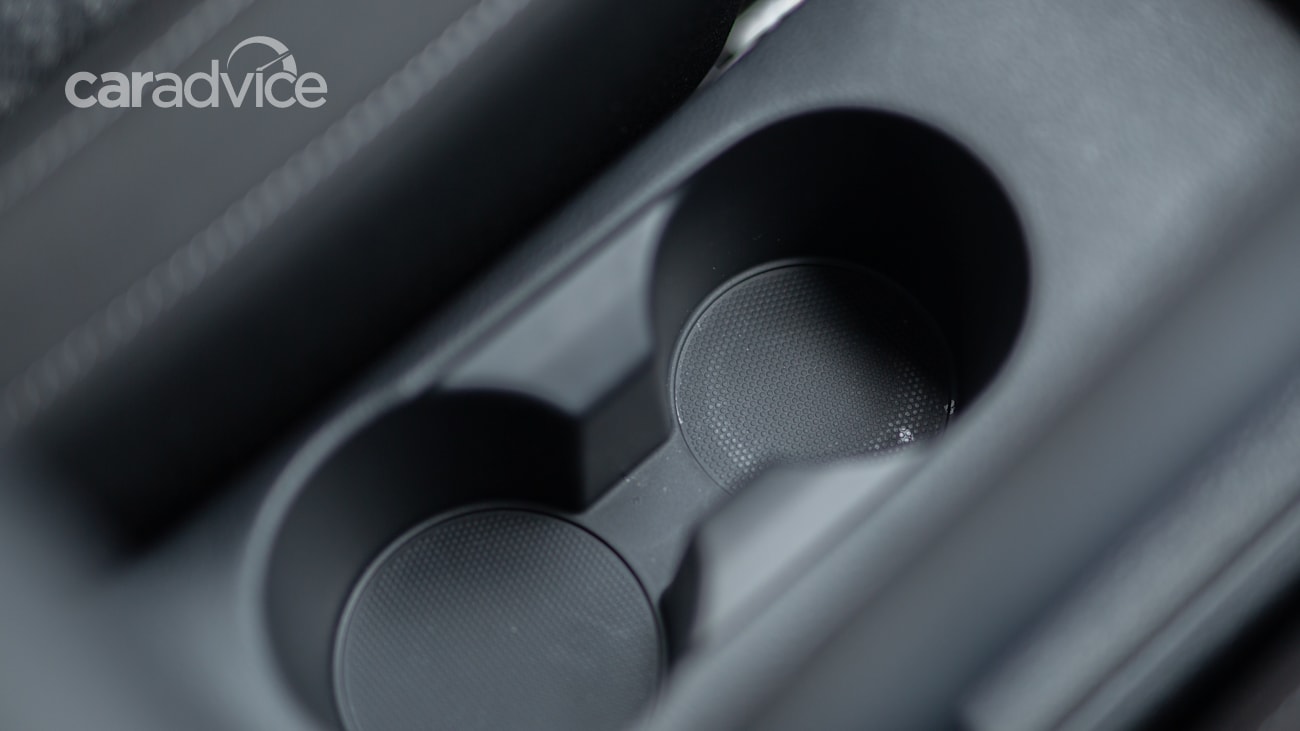
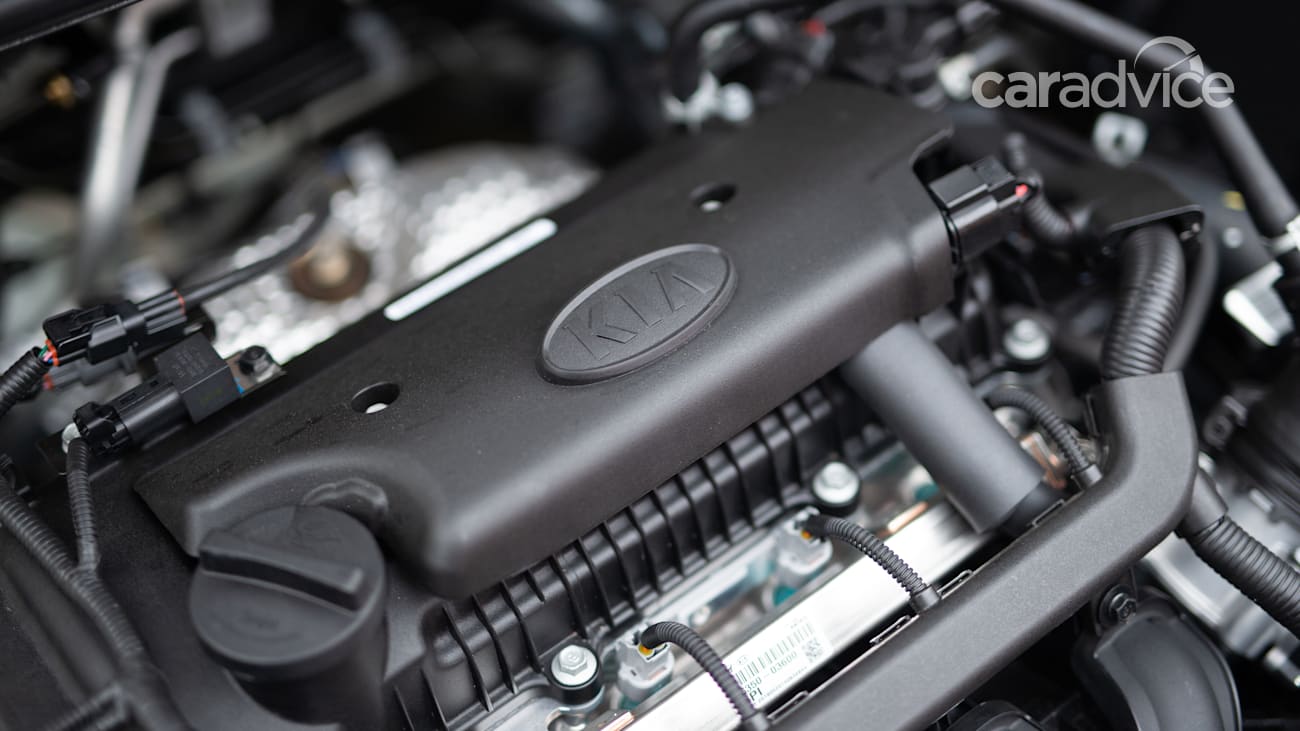
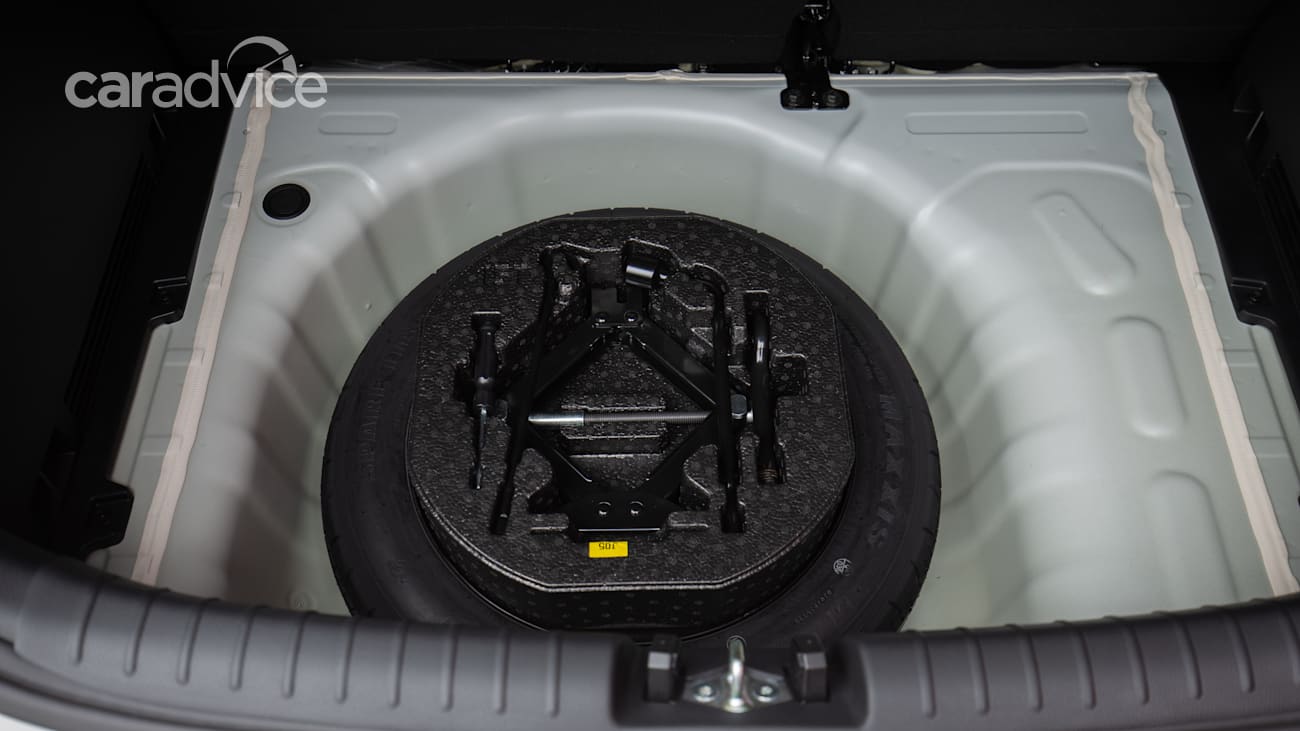

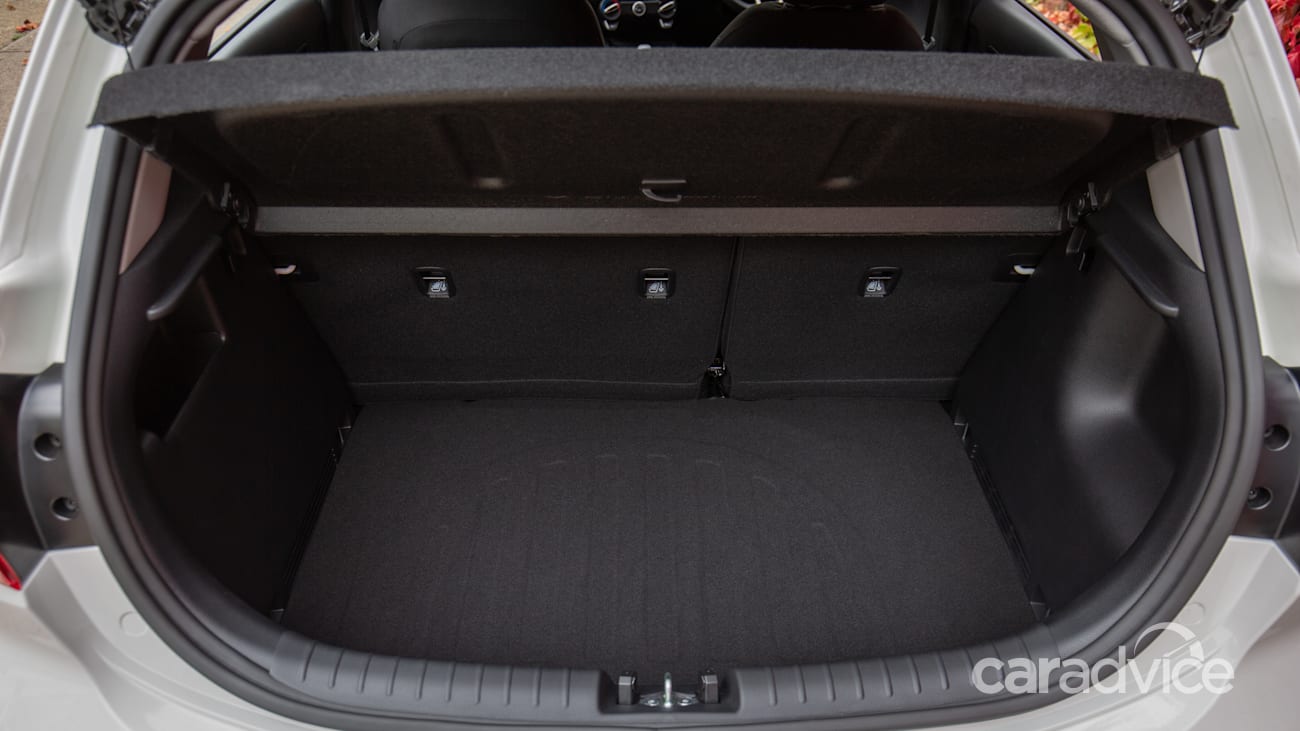
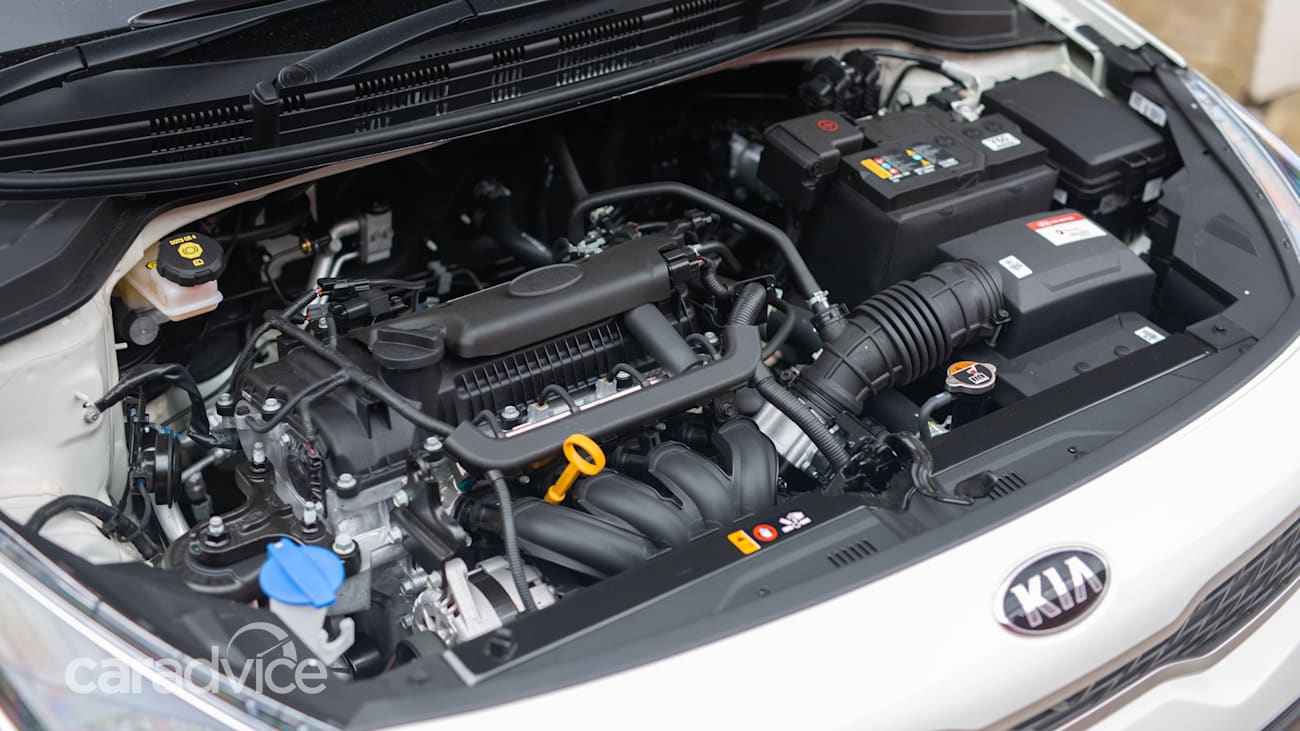
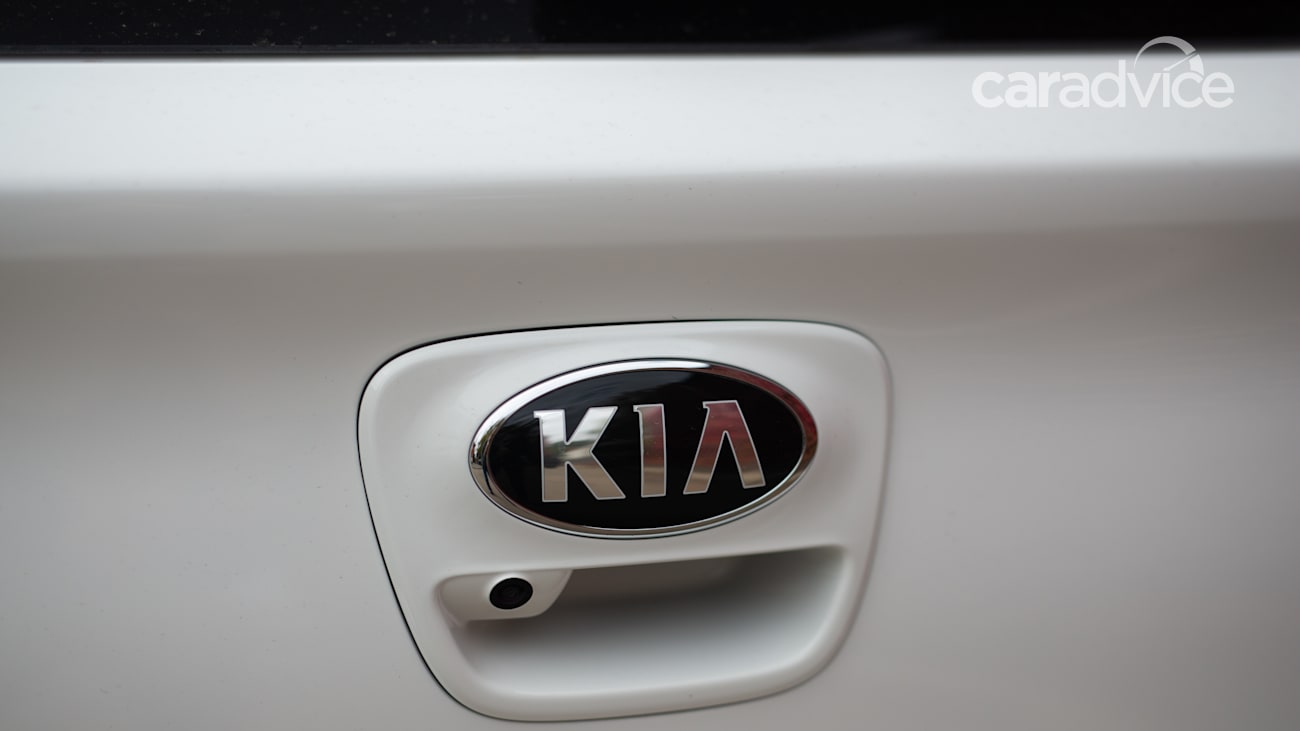
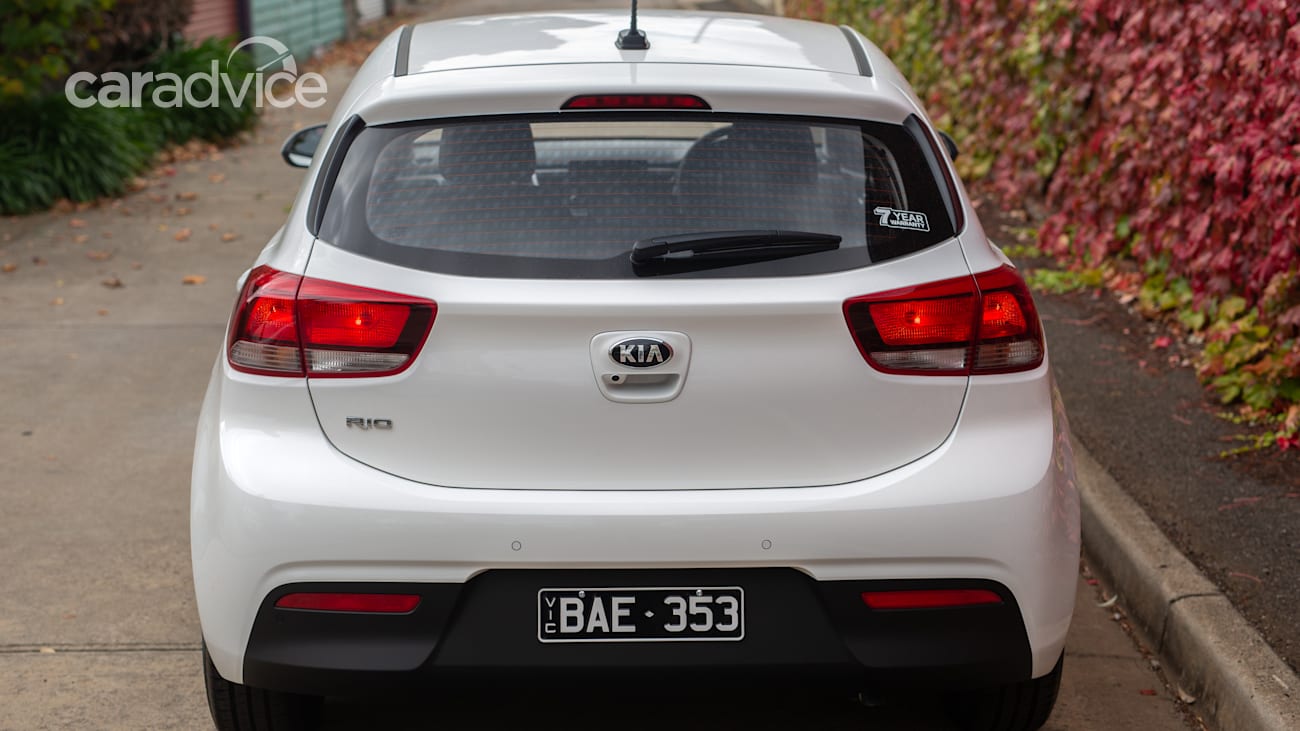
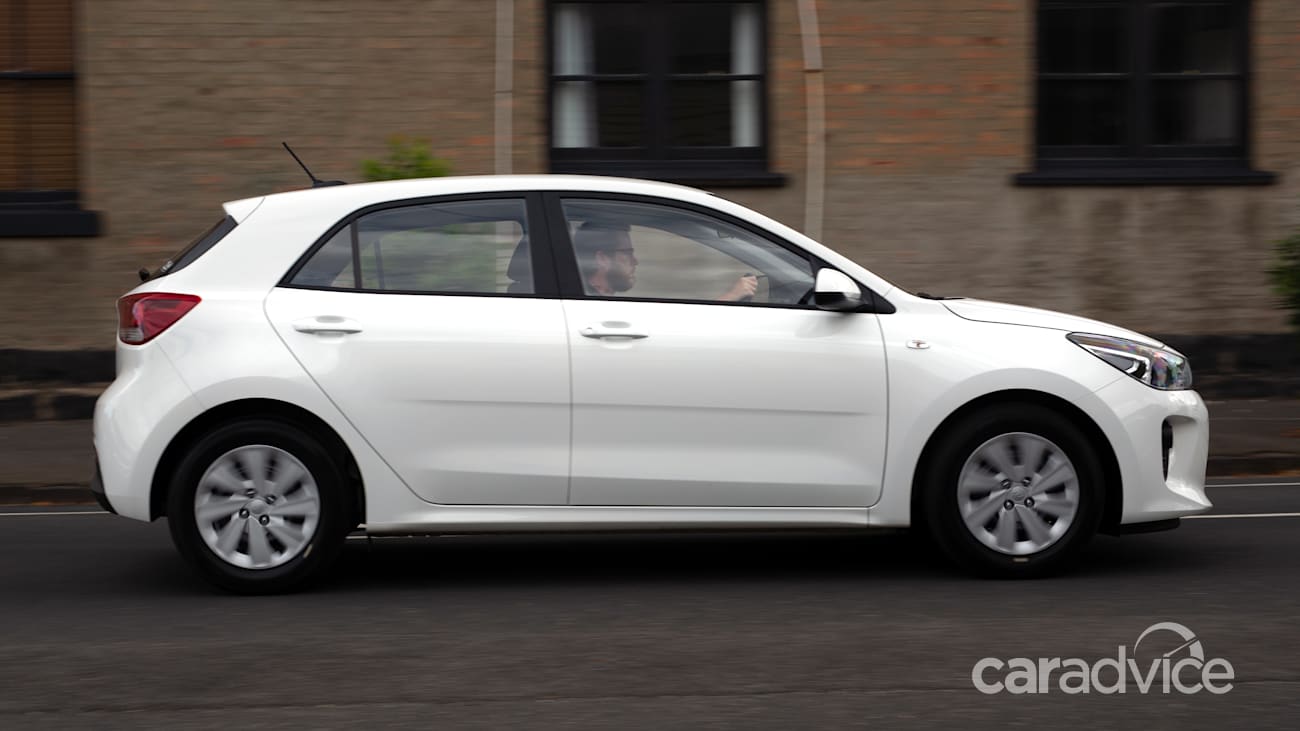
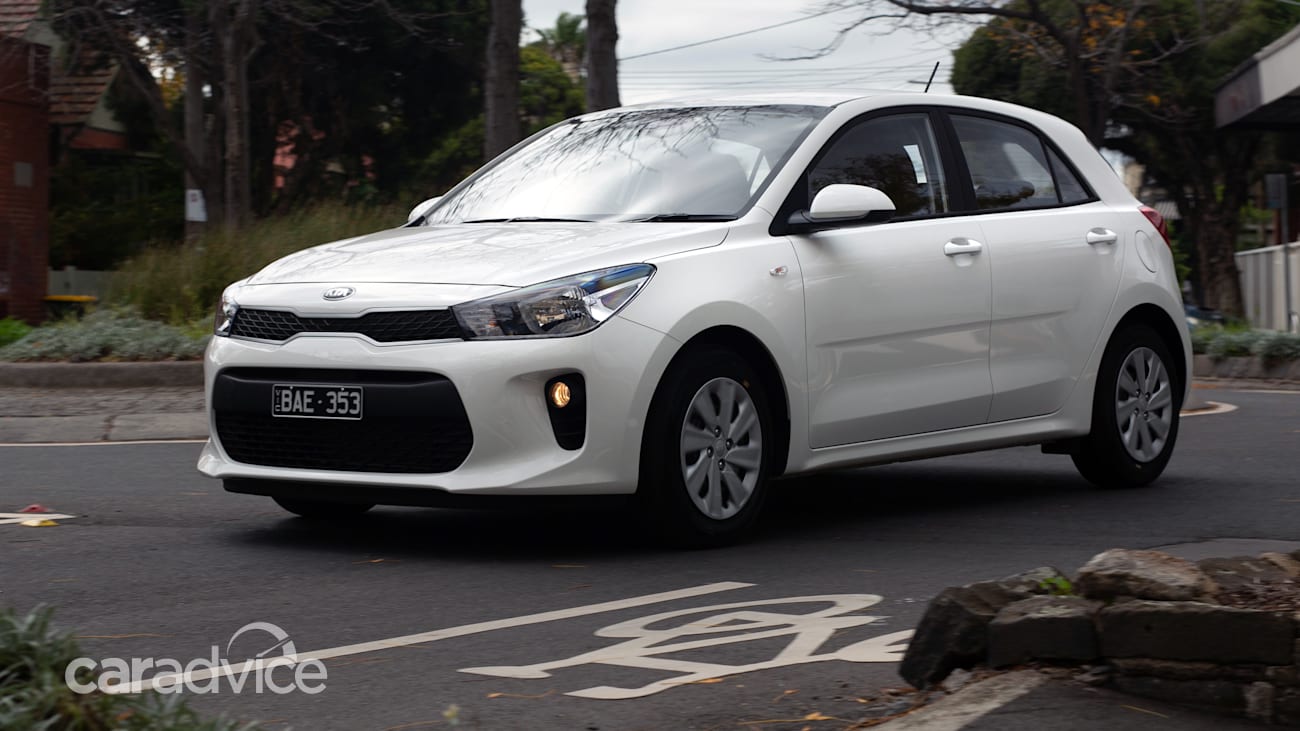
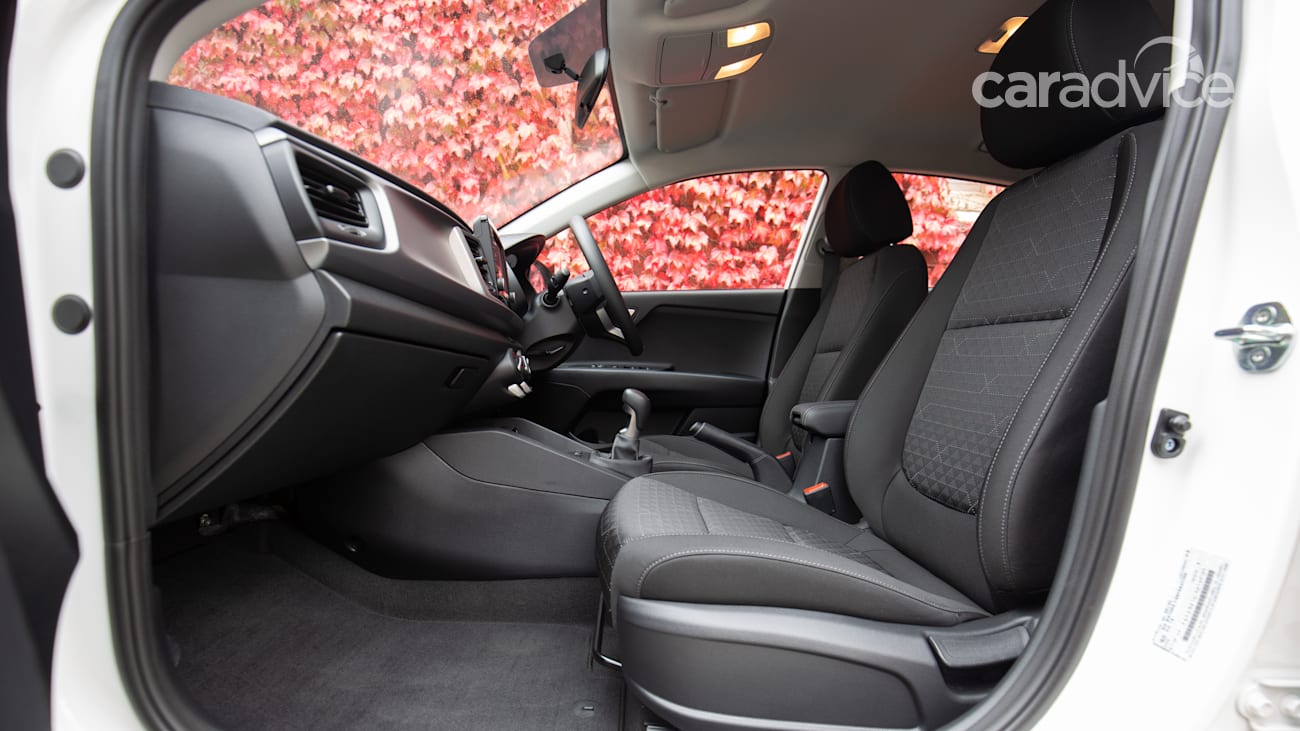
nextprevious
2020 Kia Rio S manual review